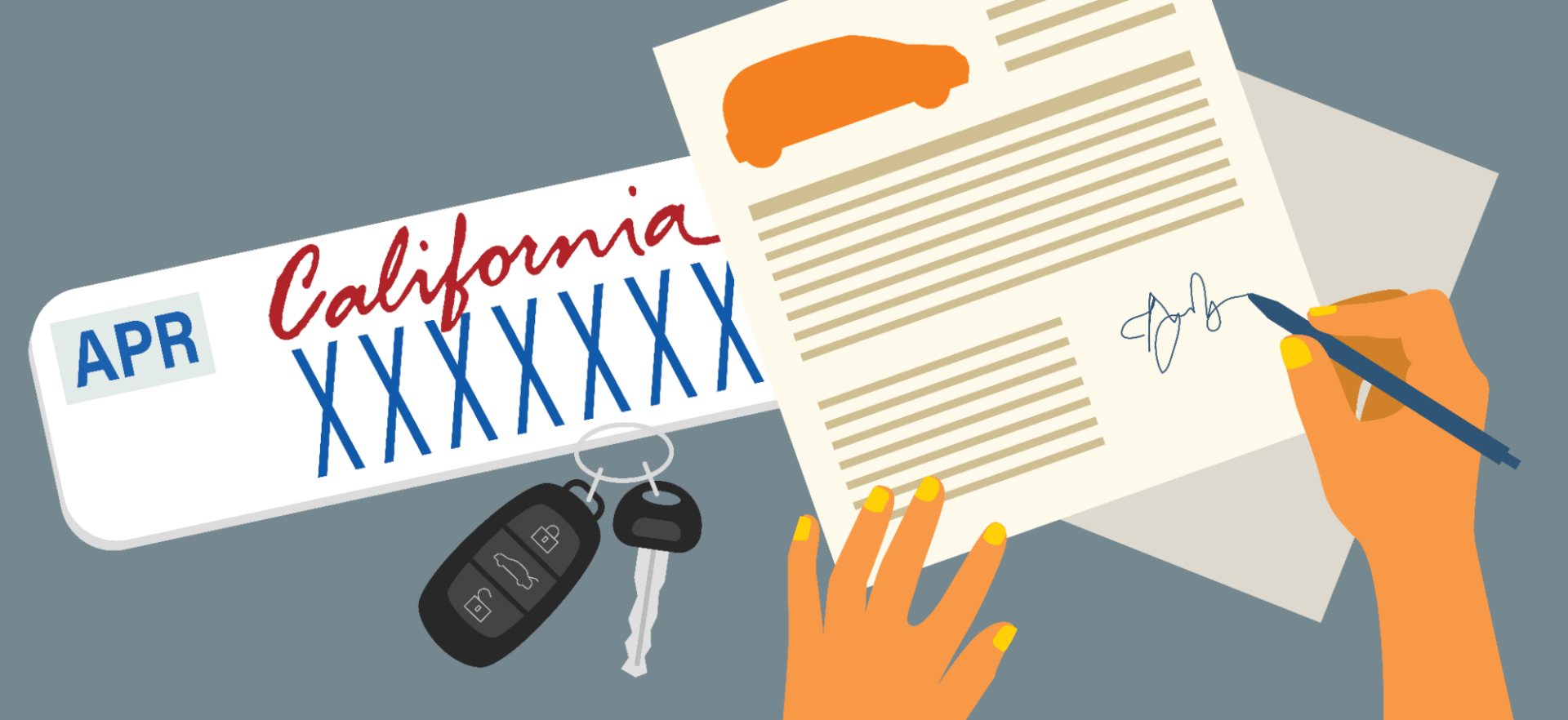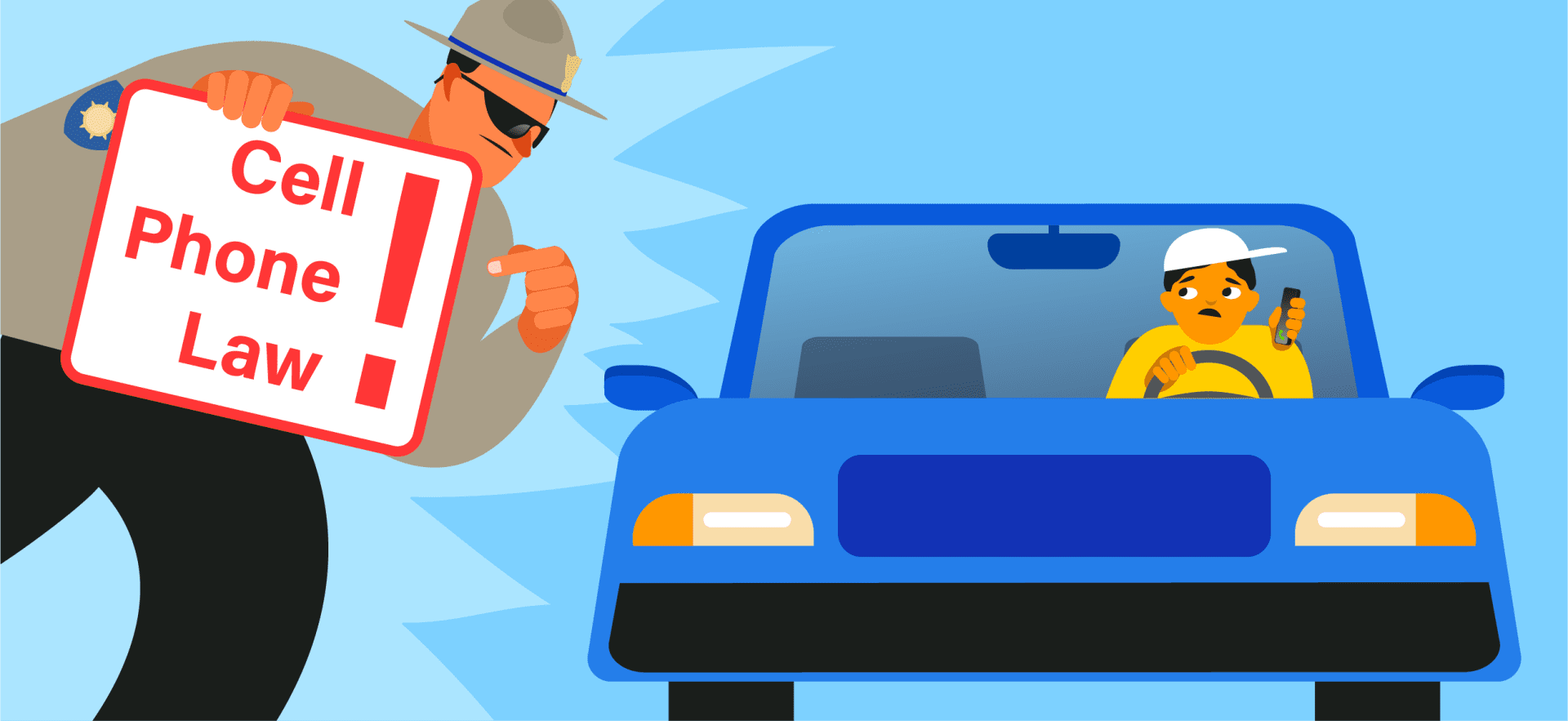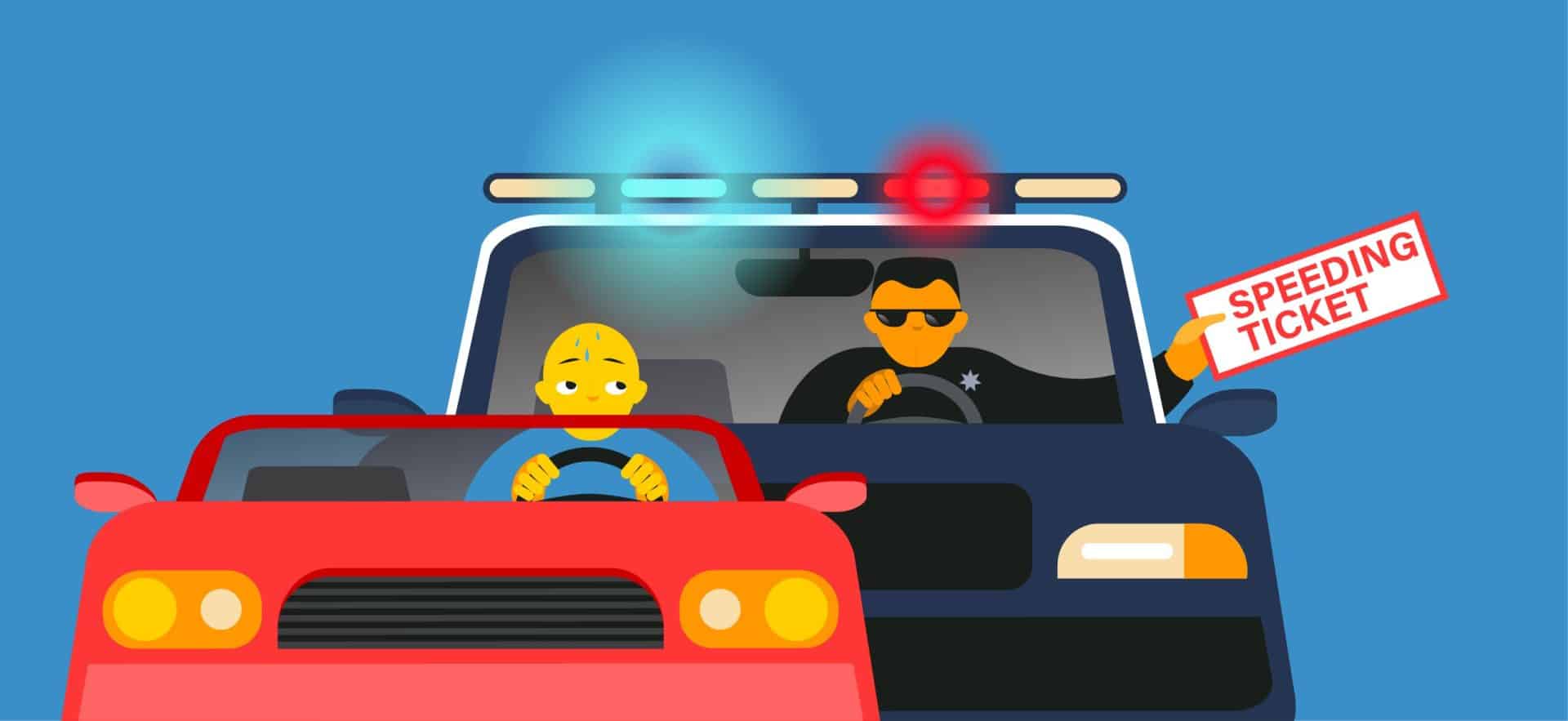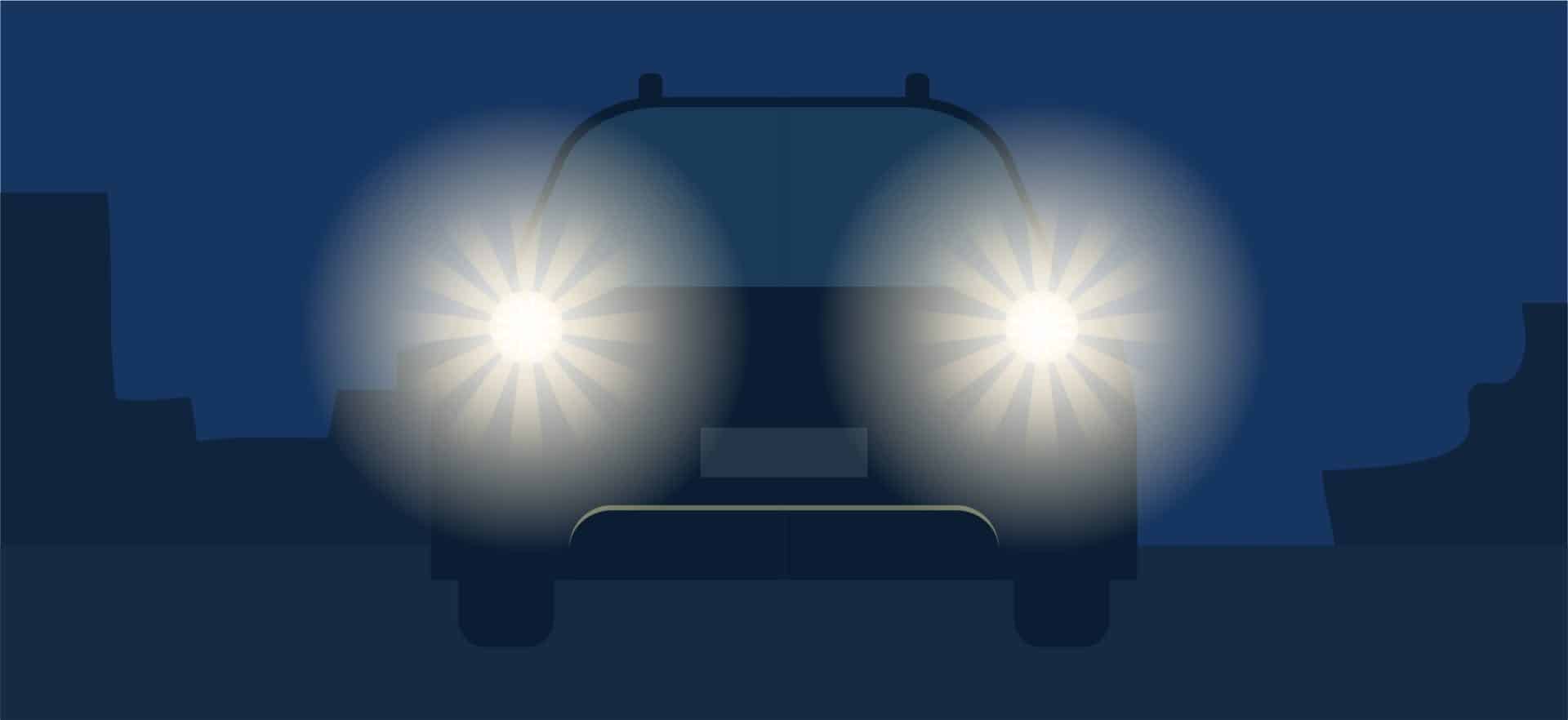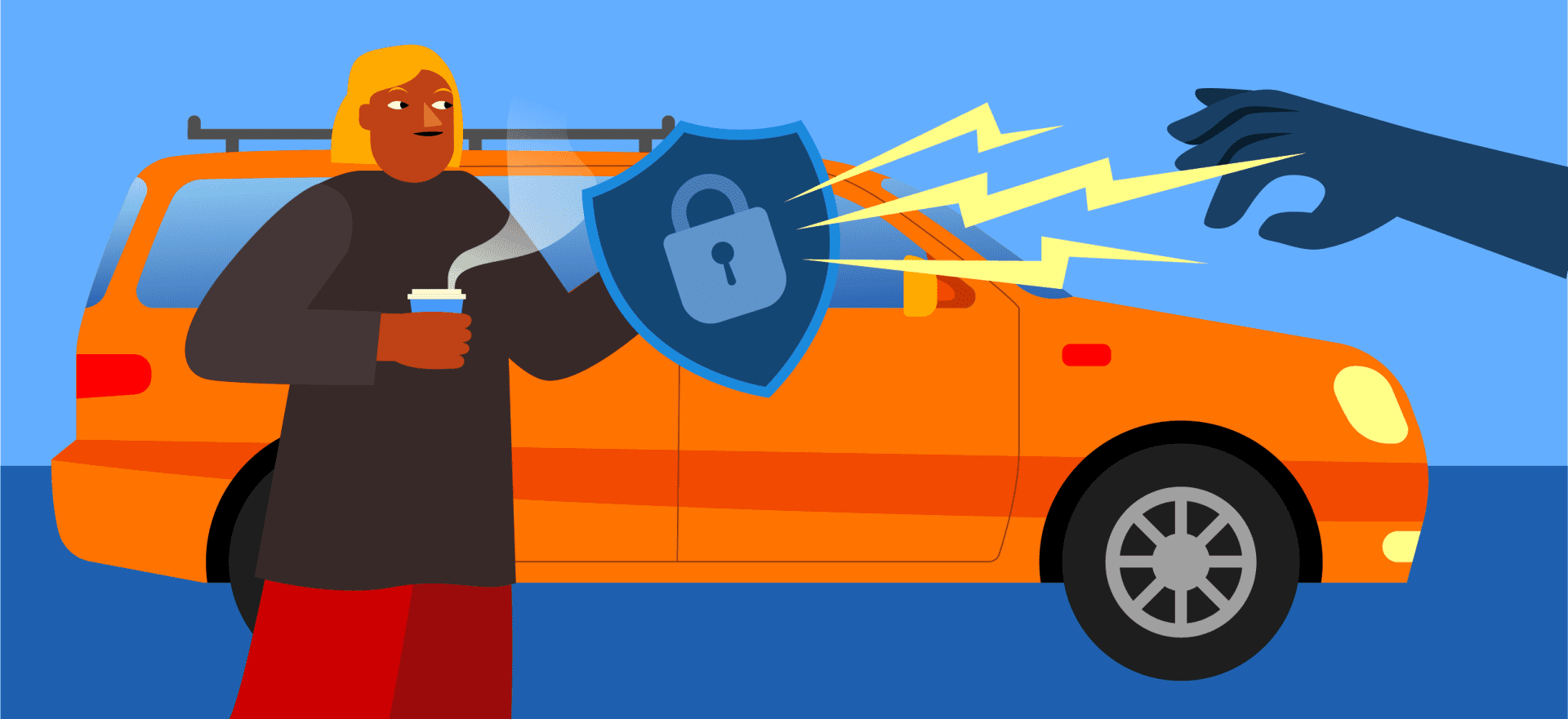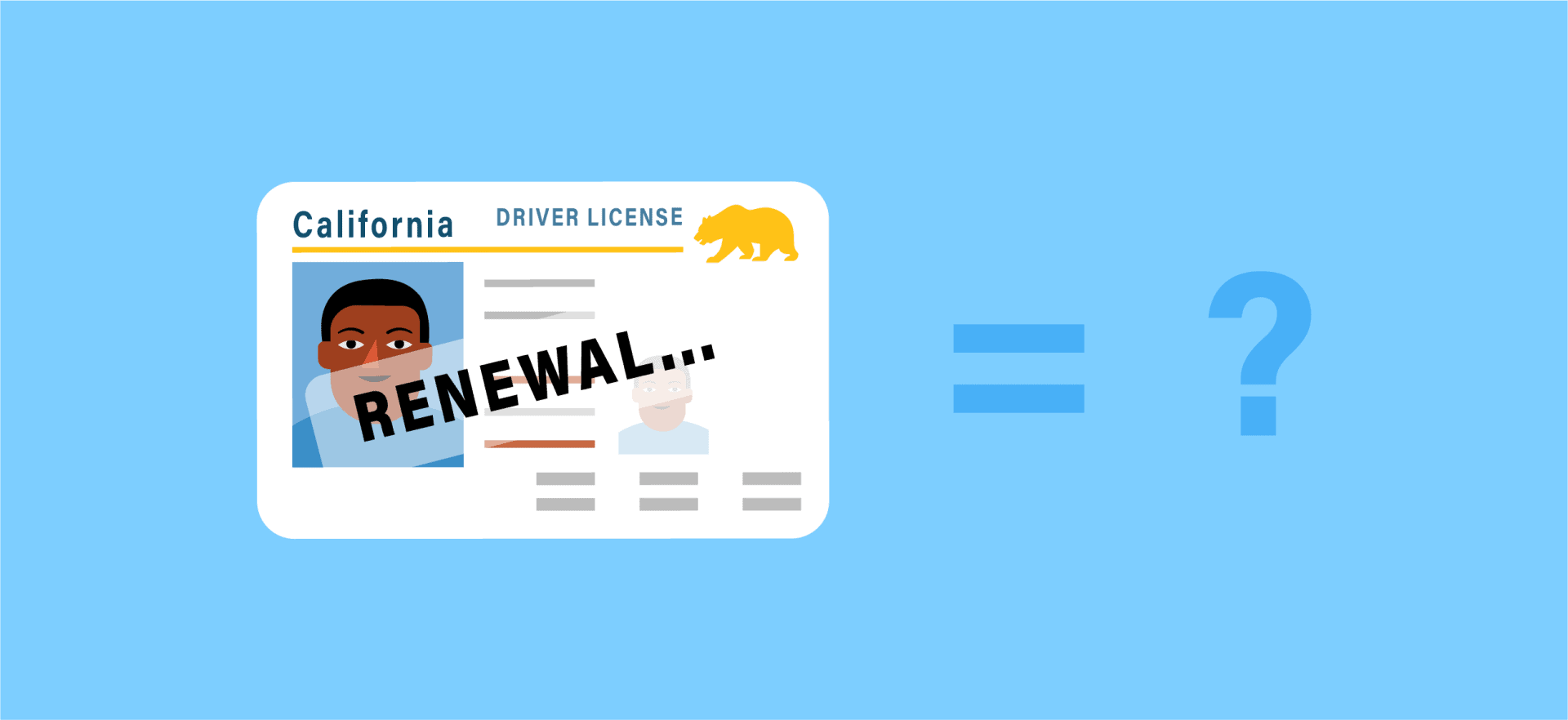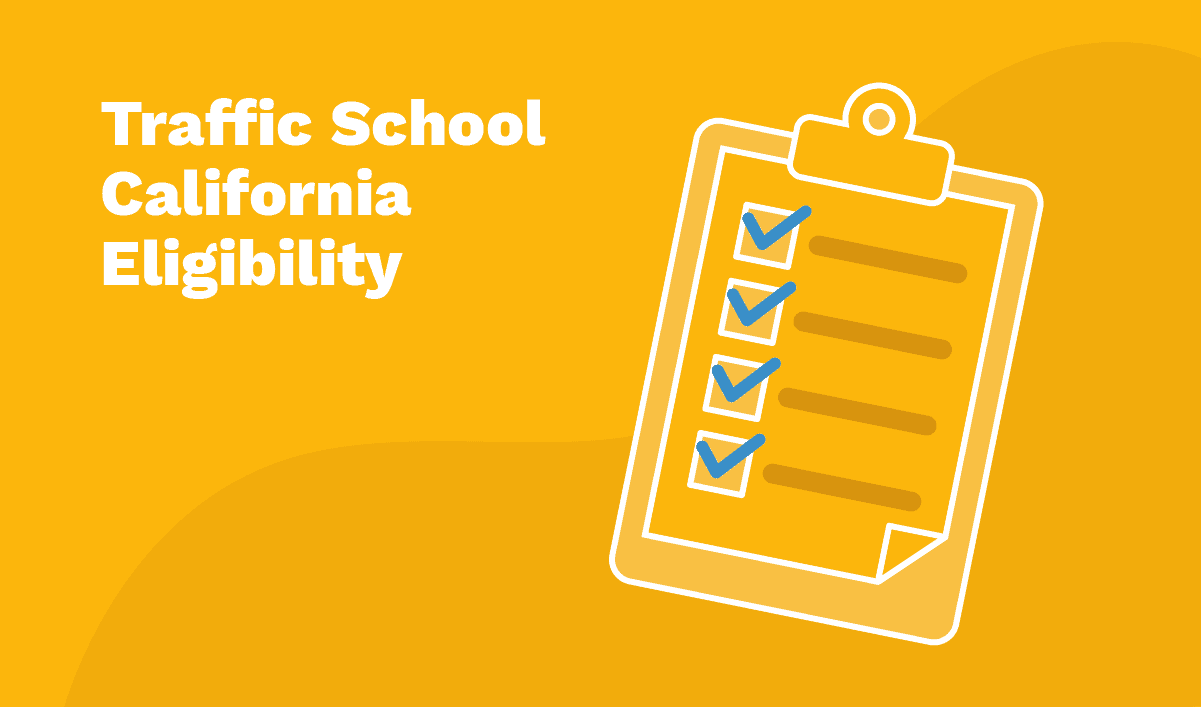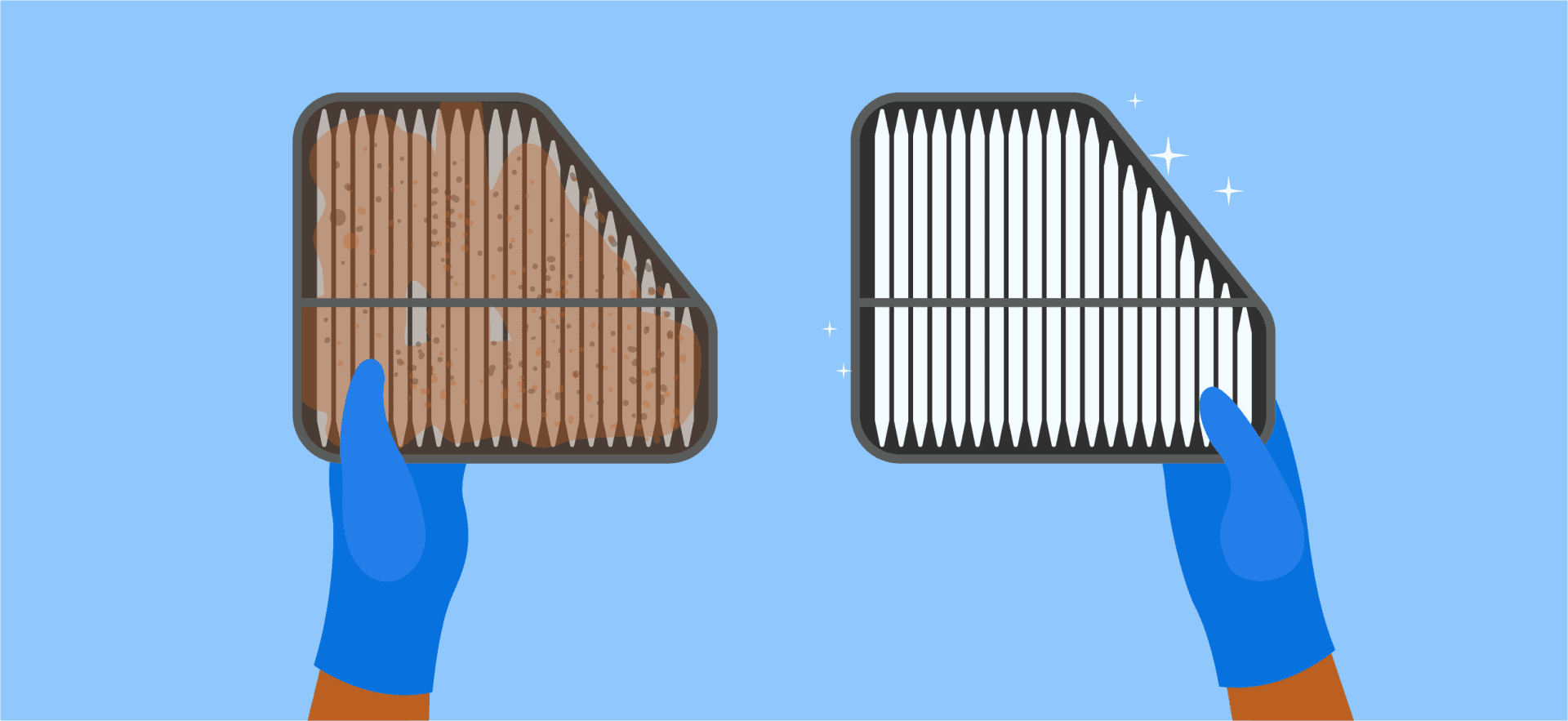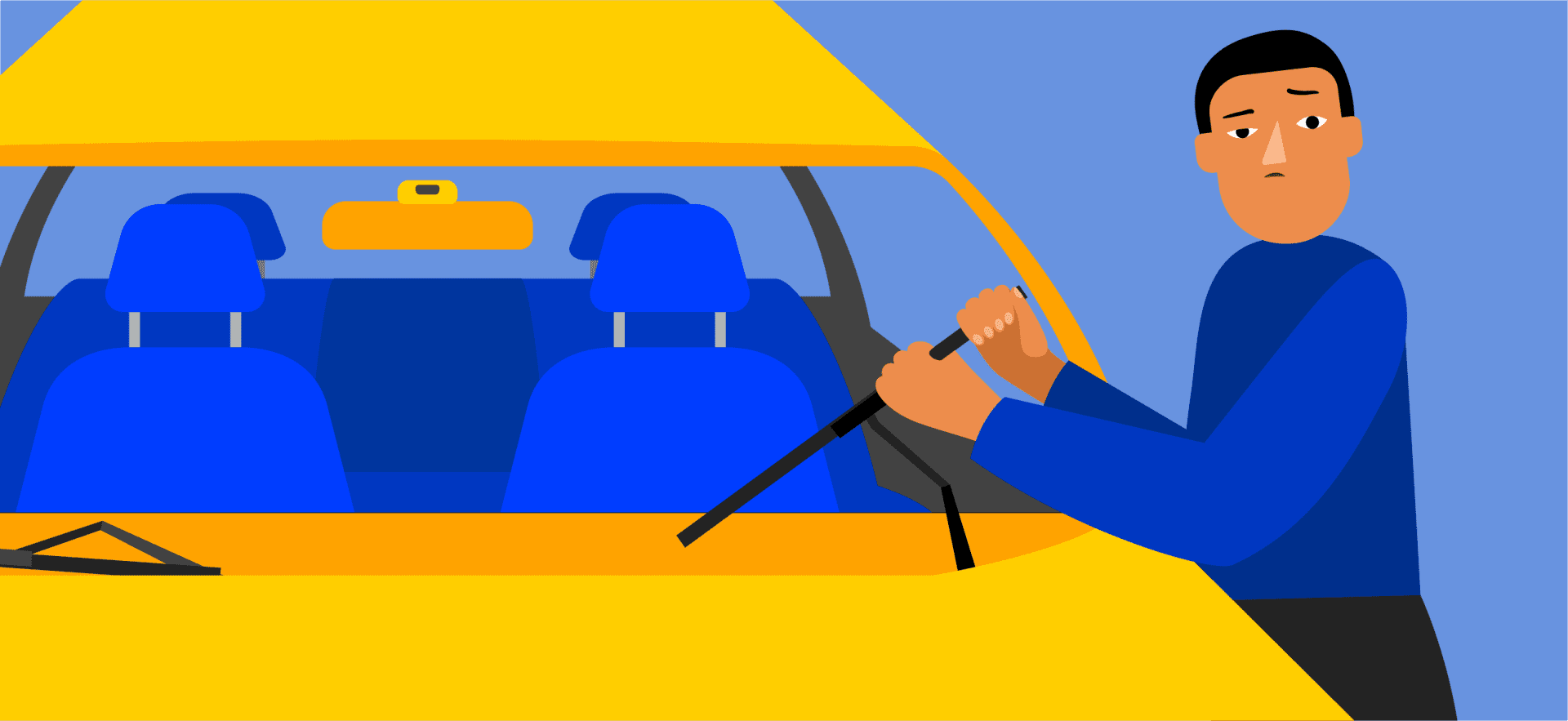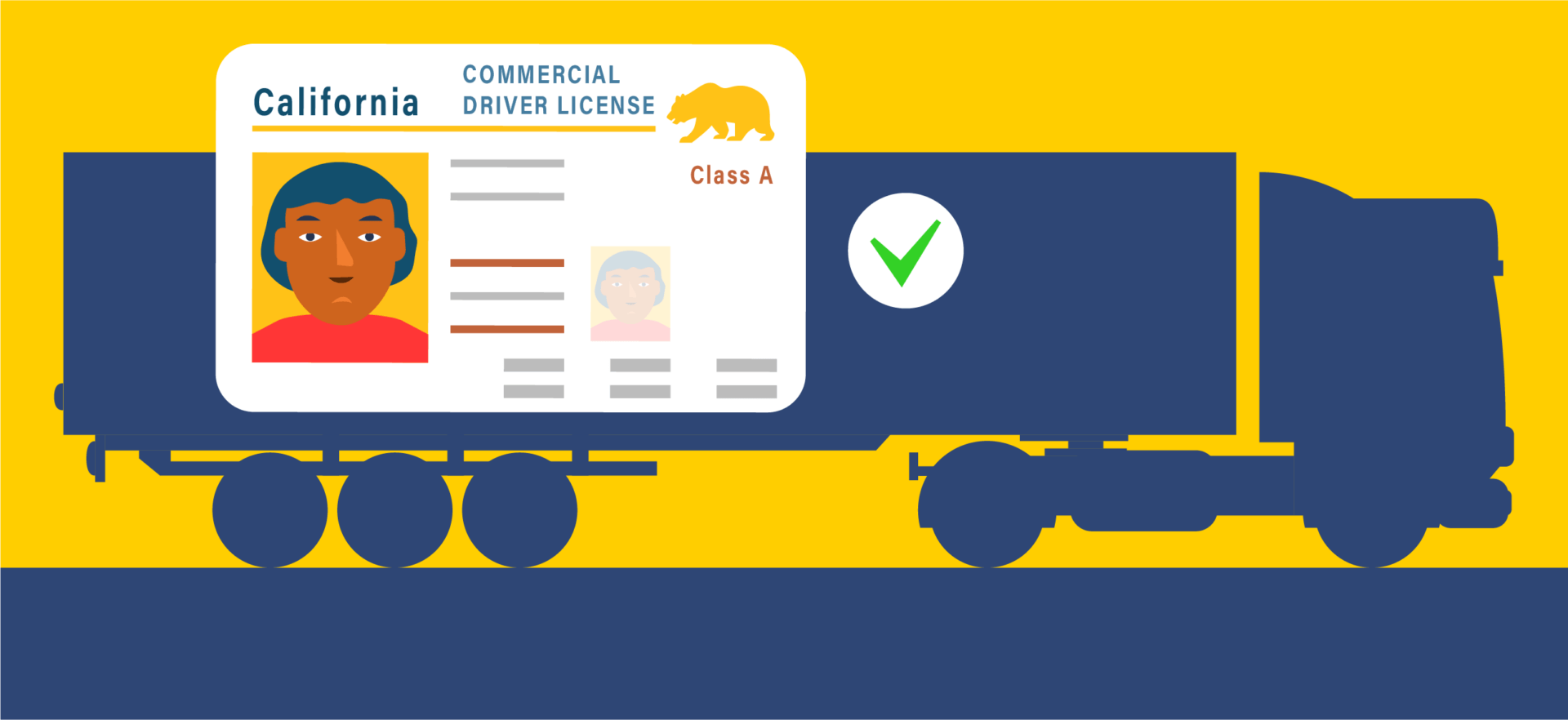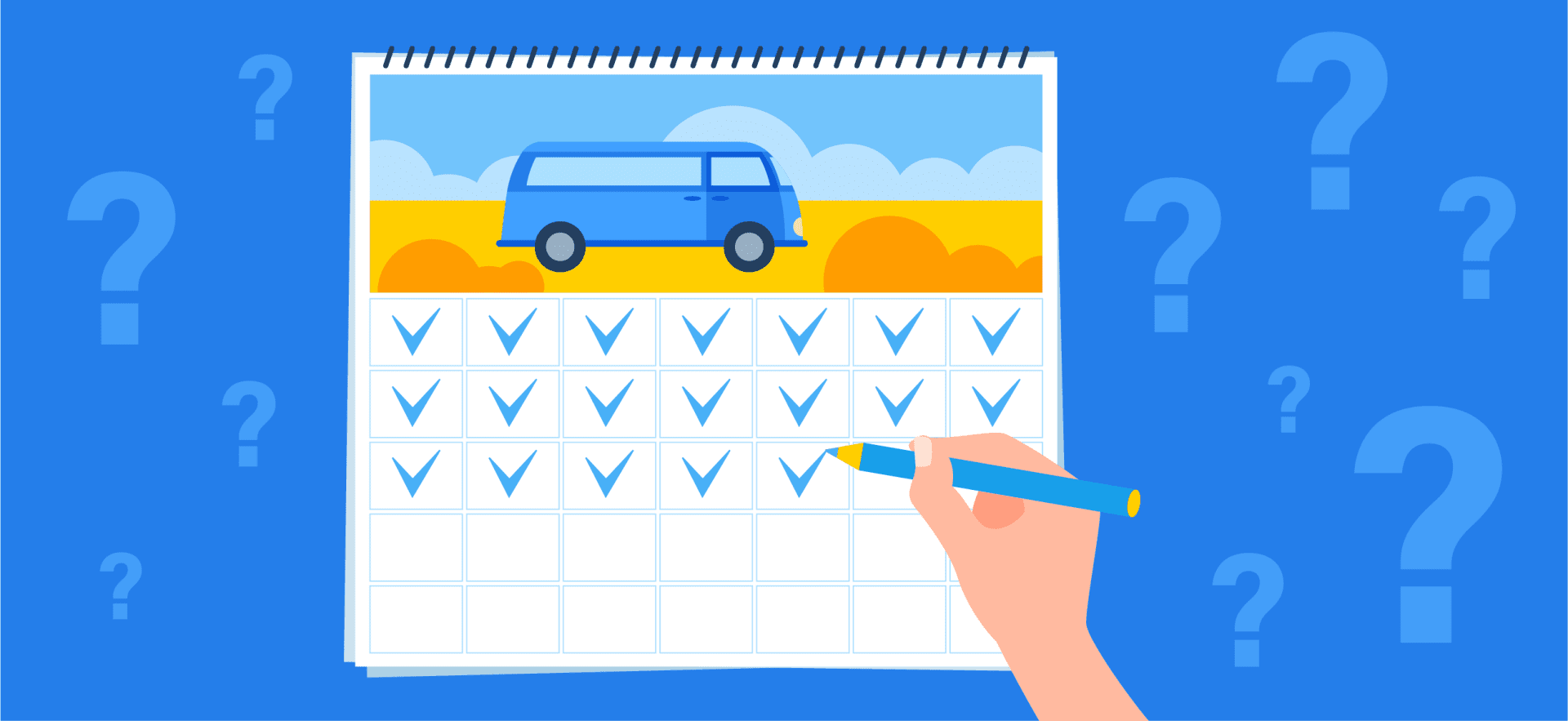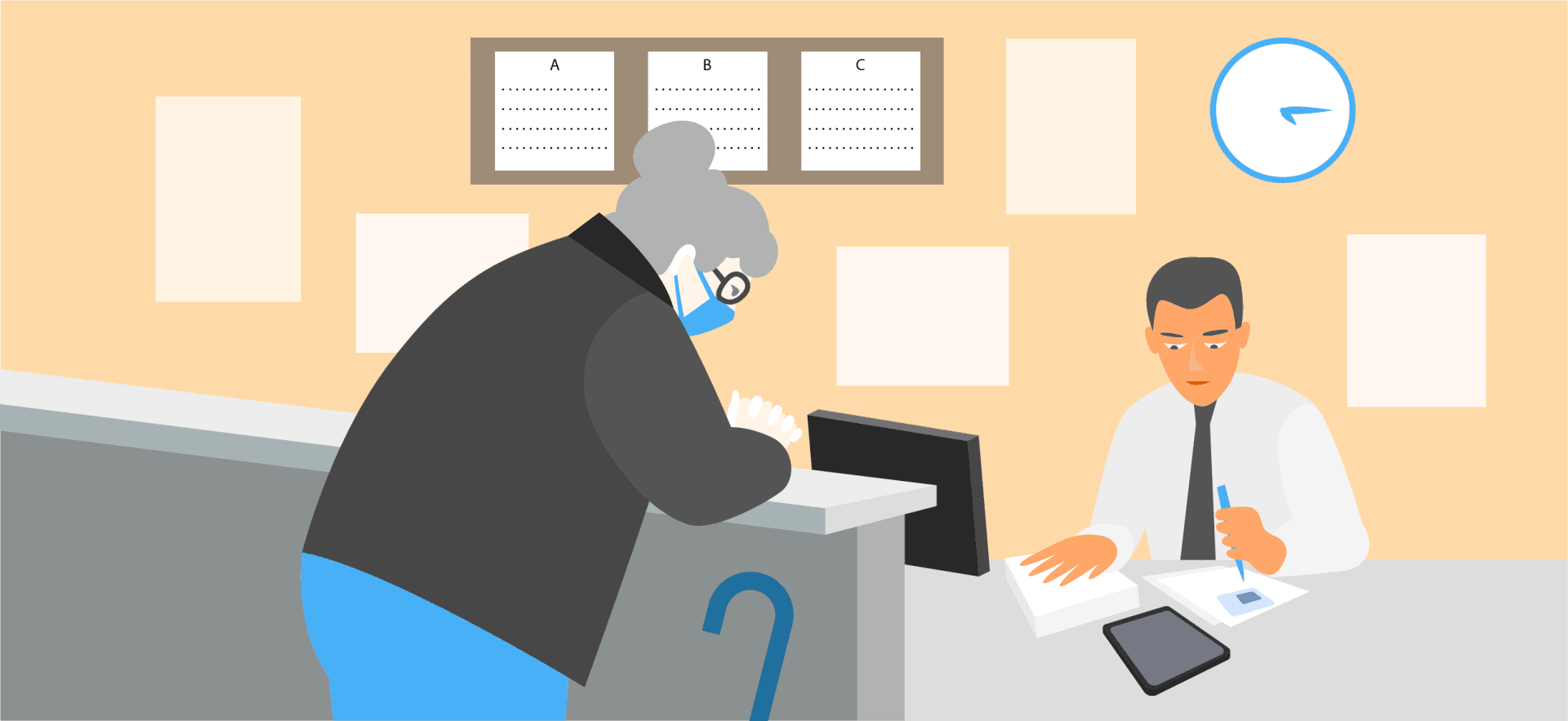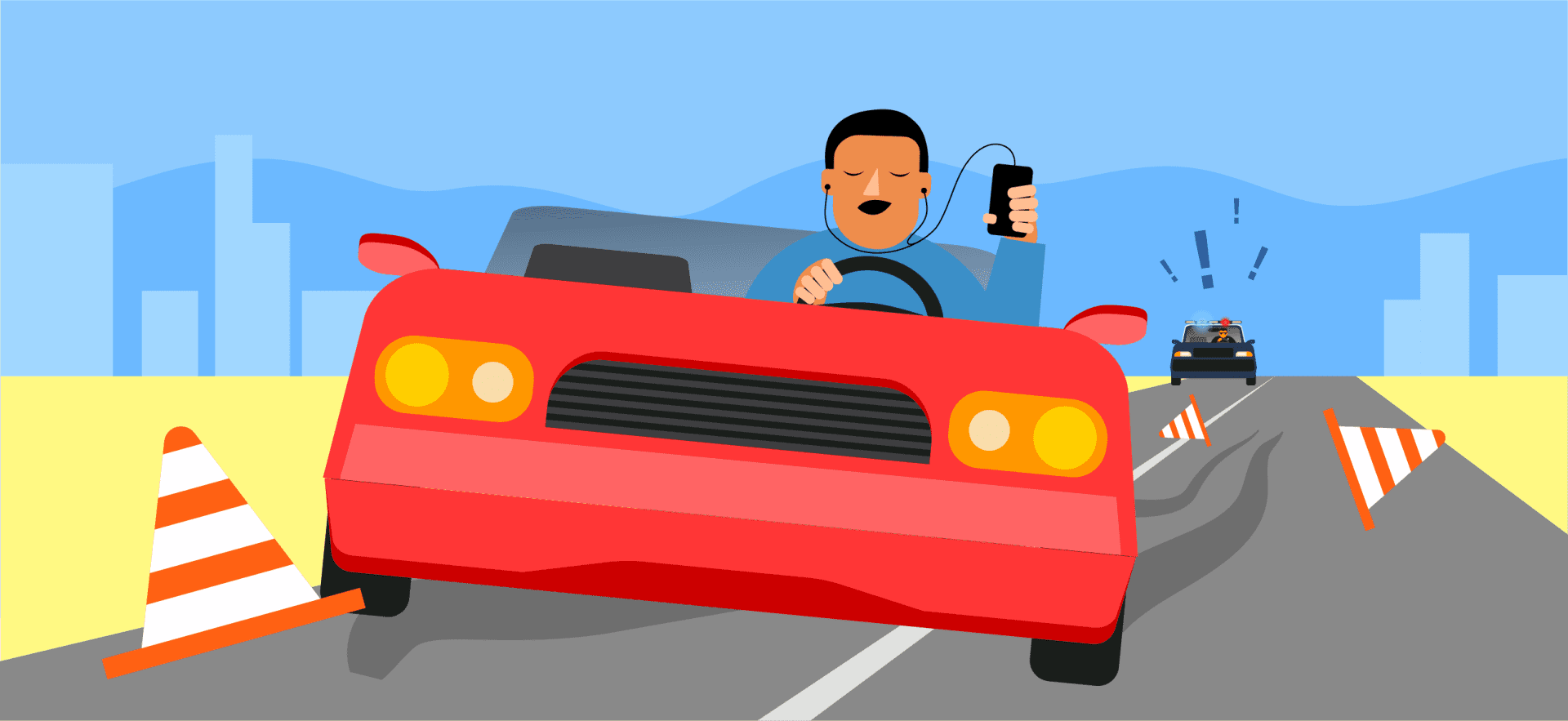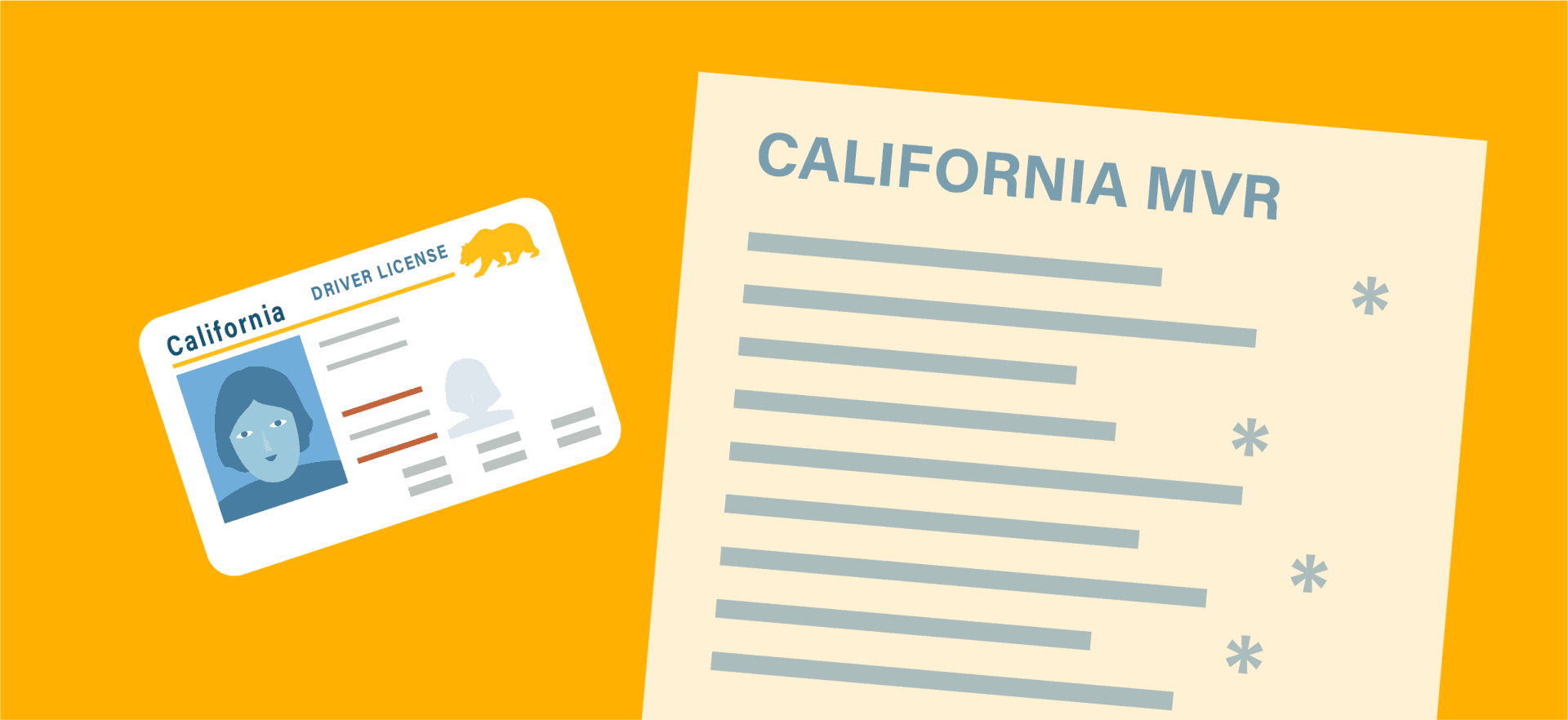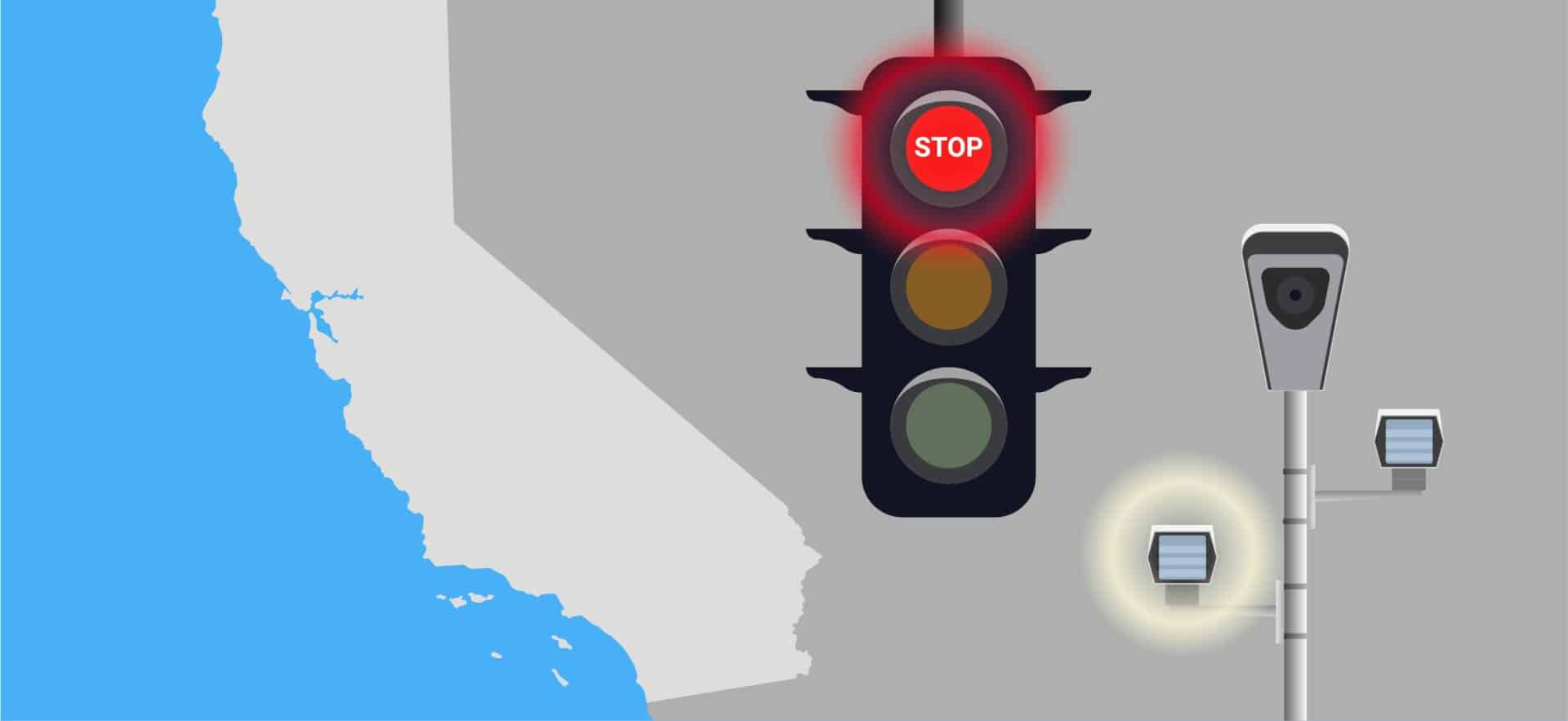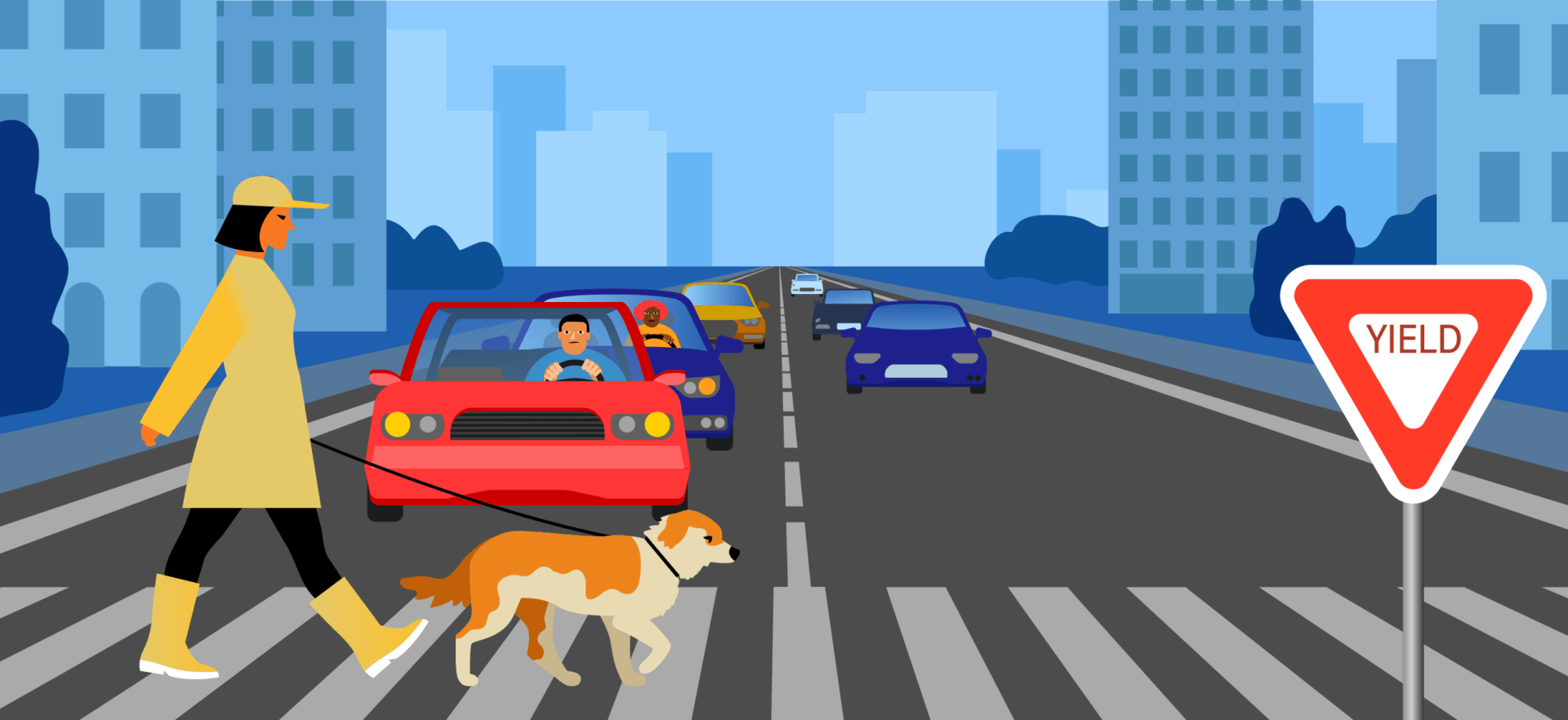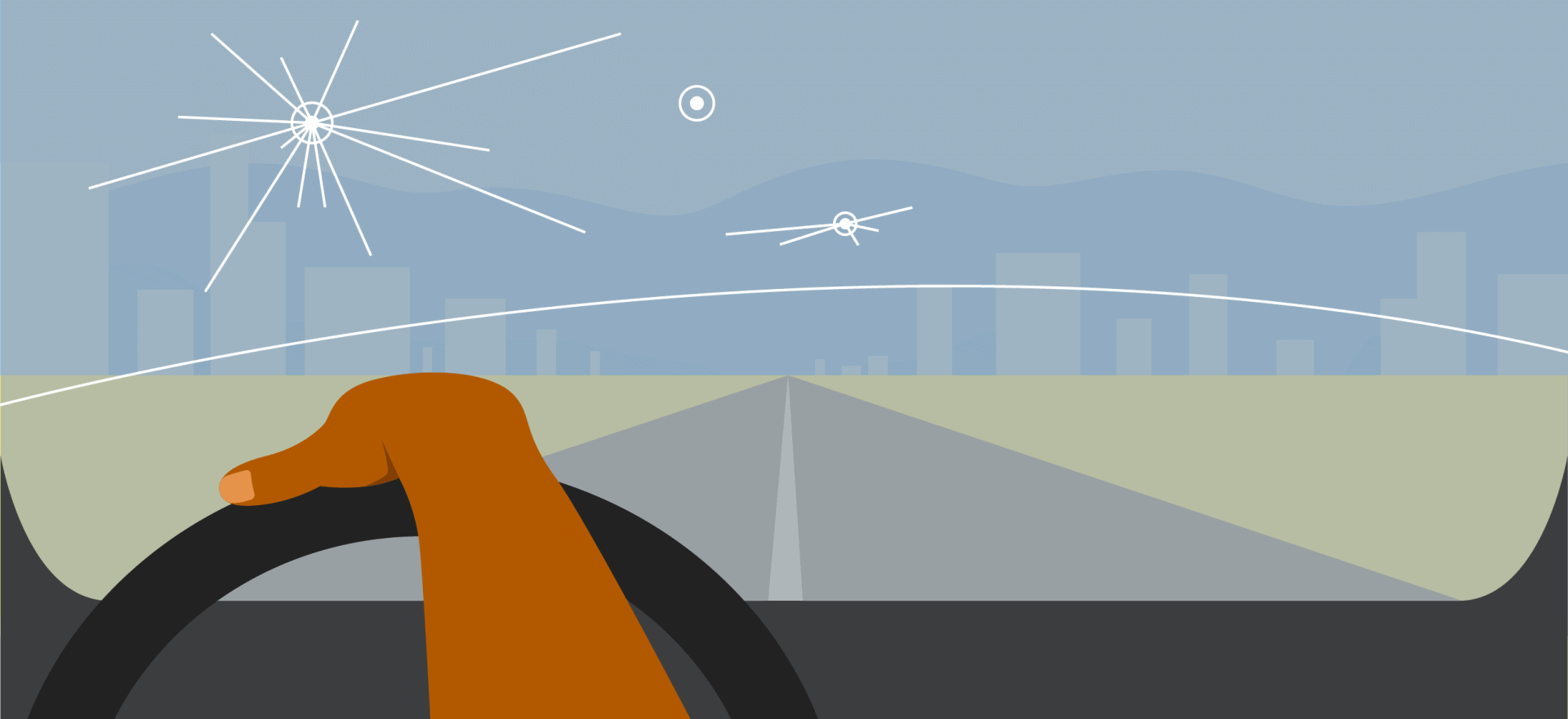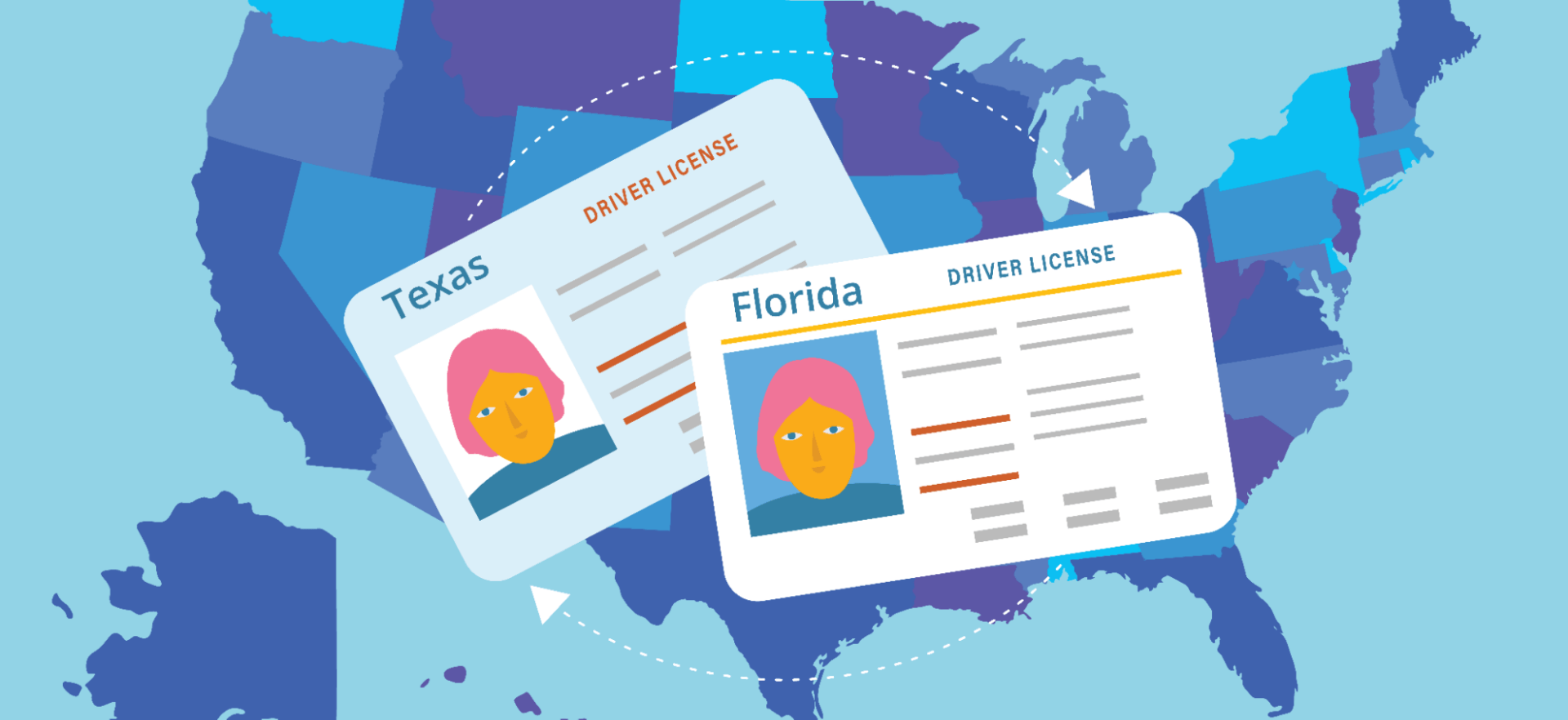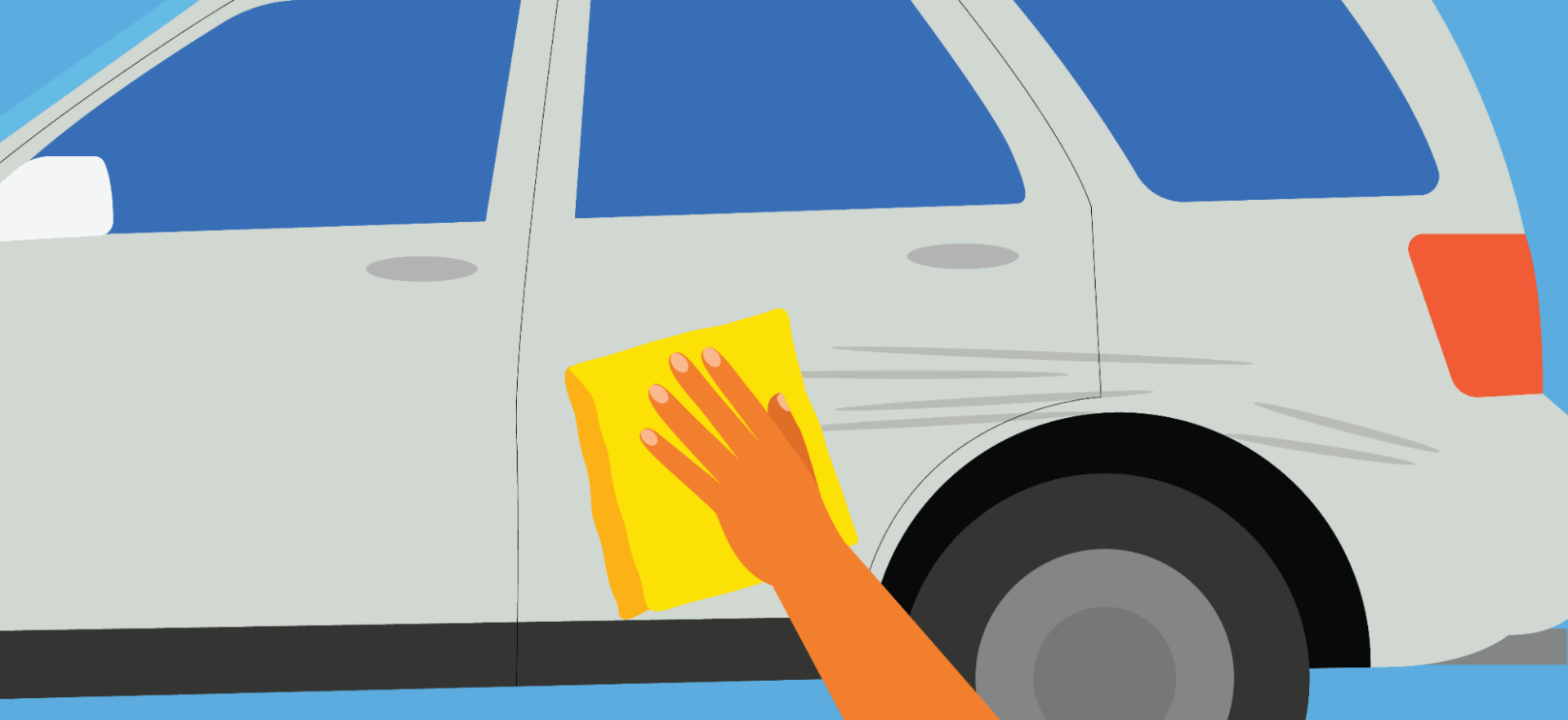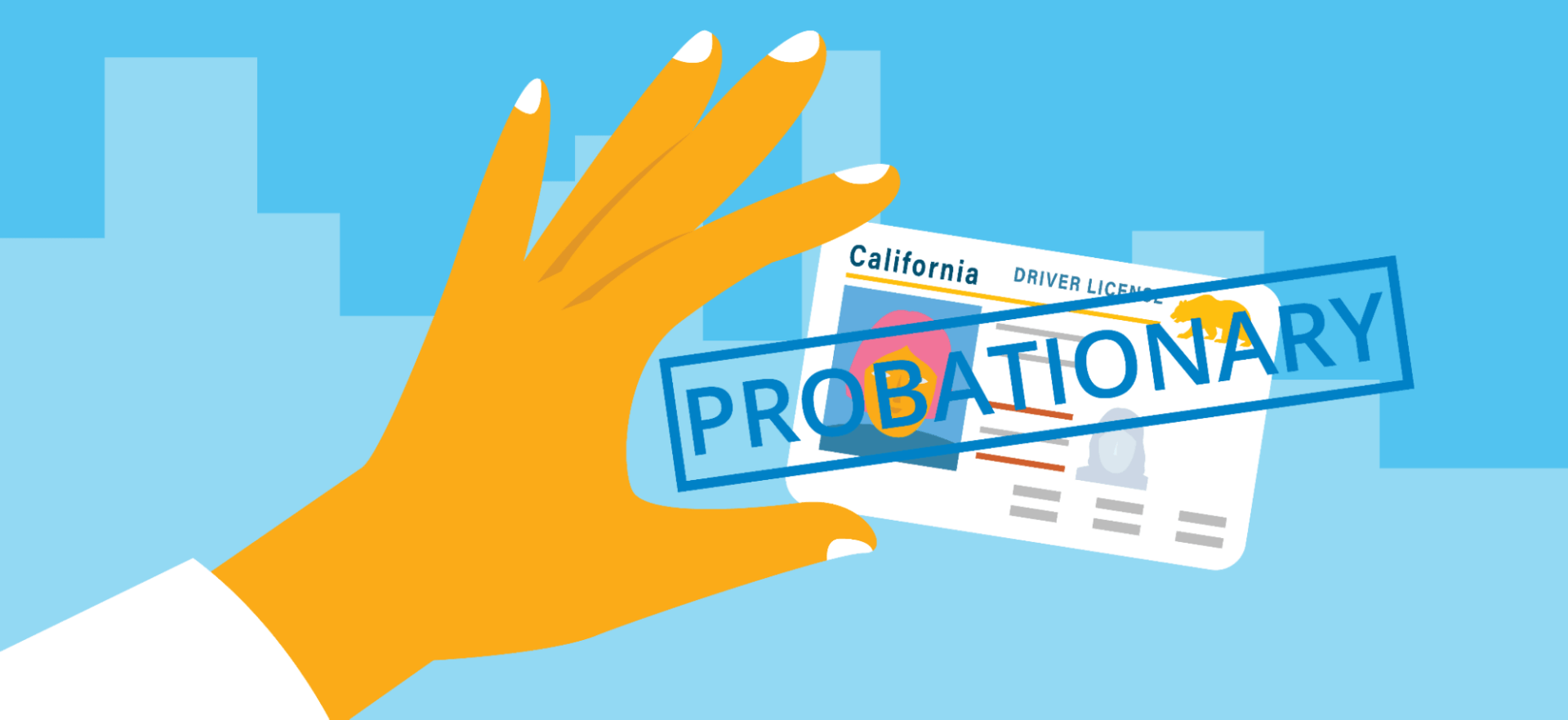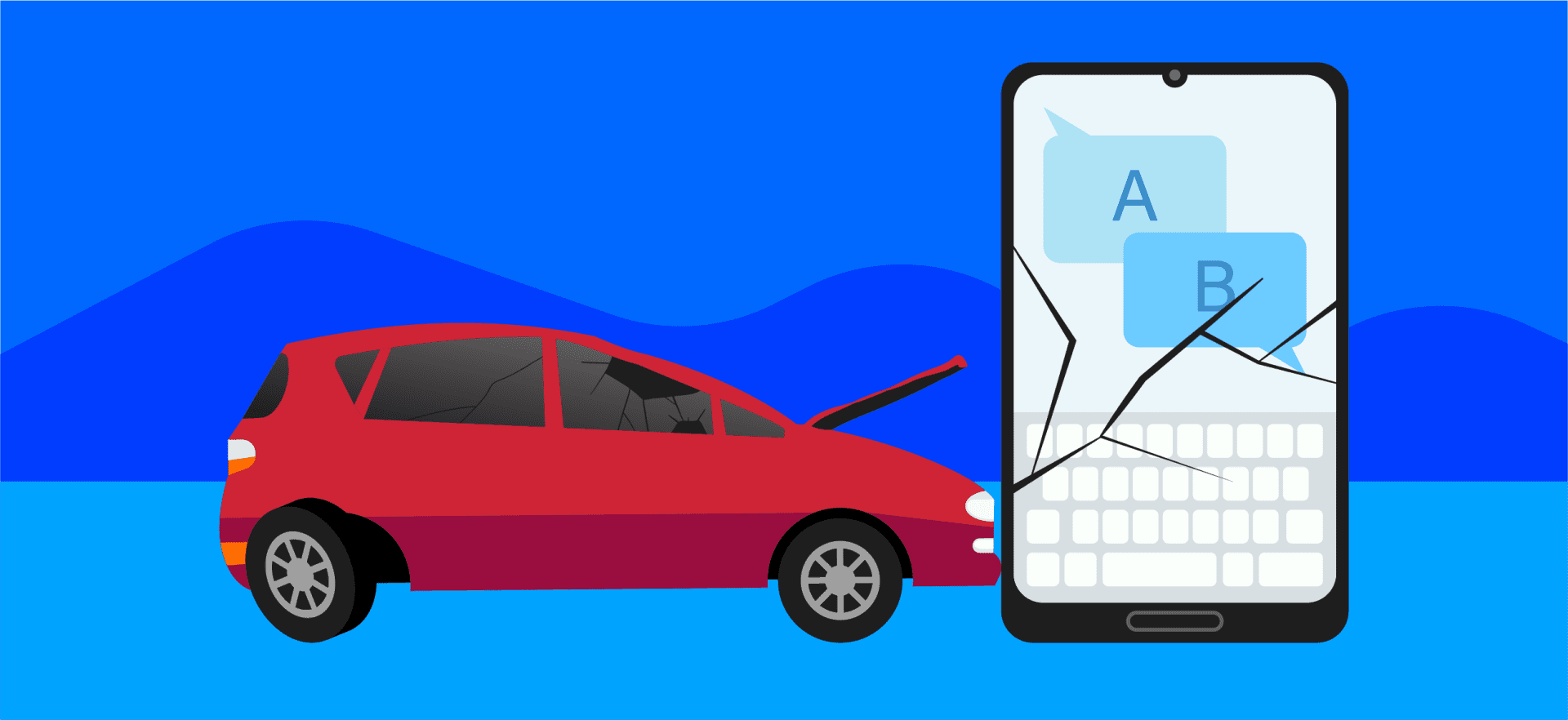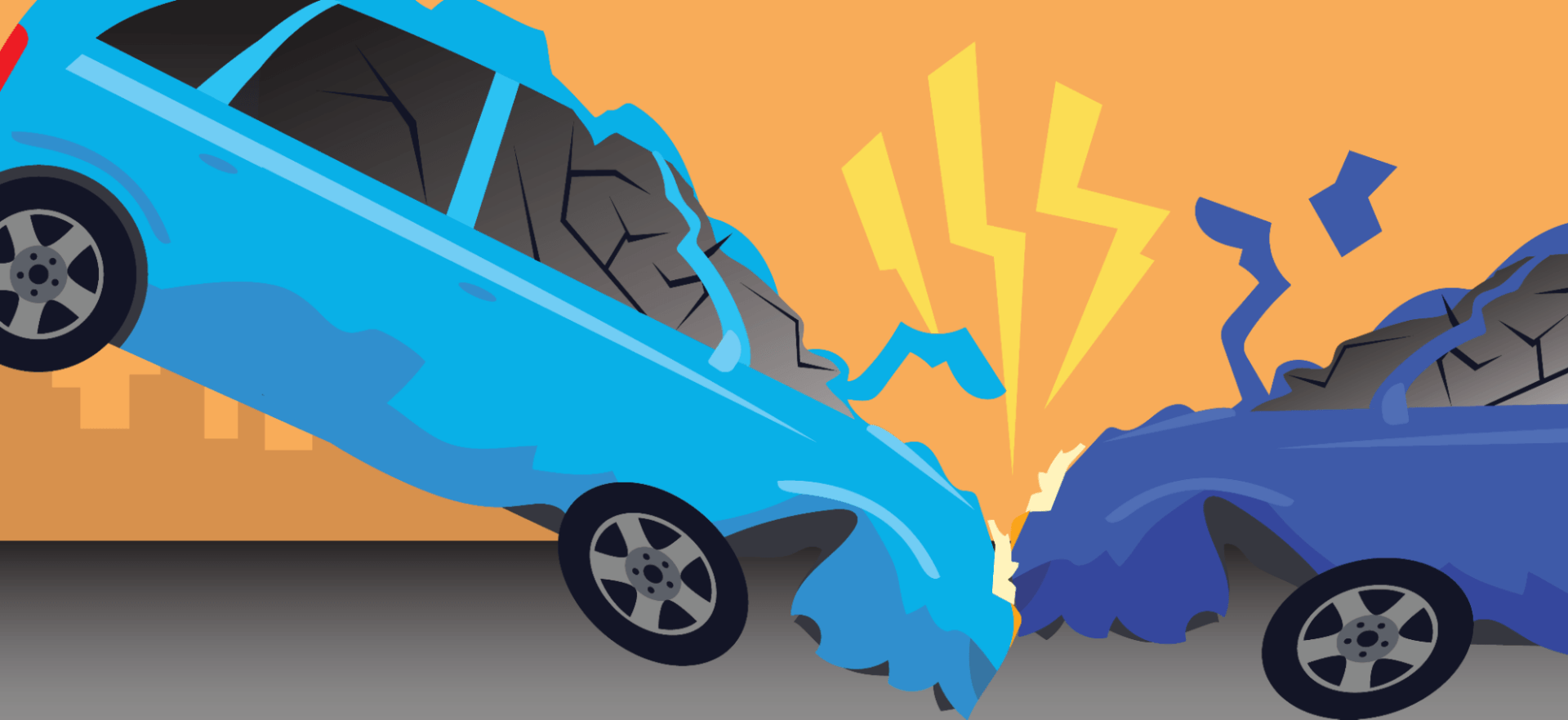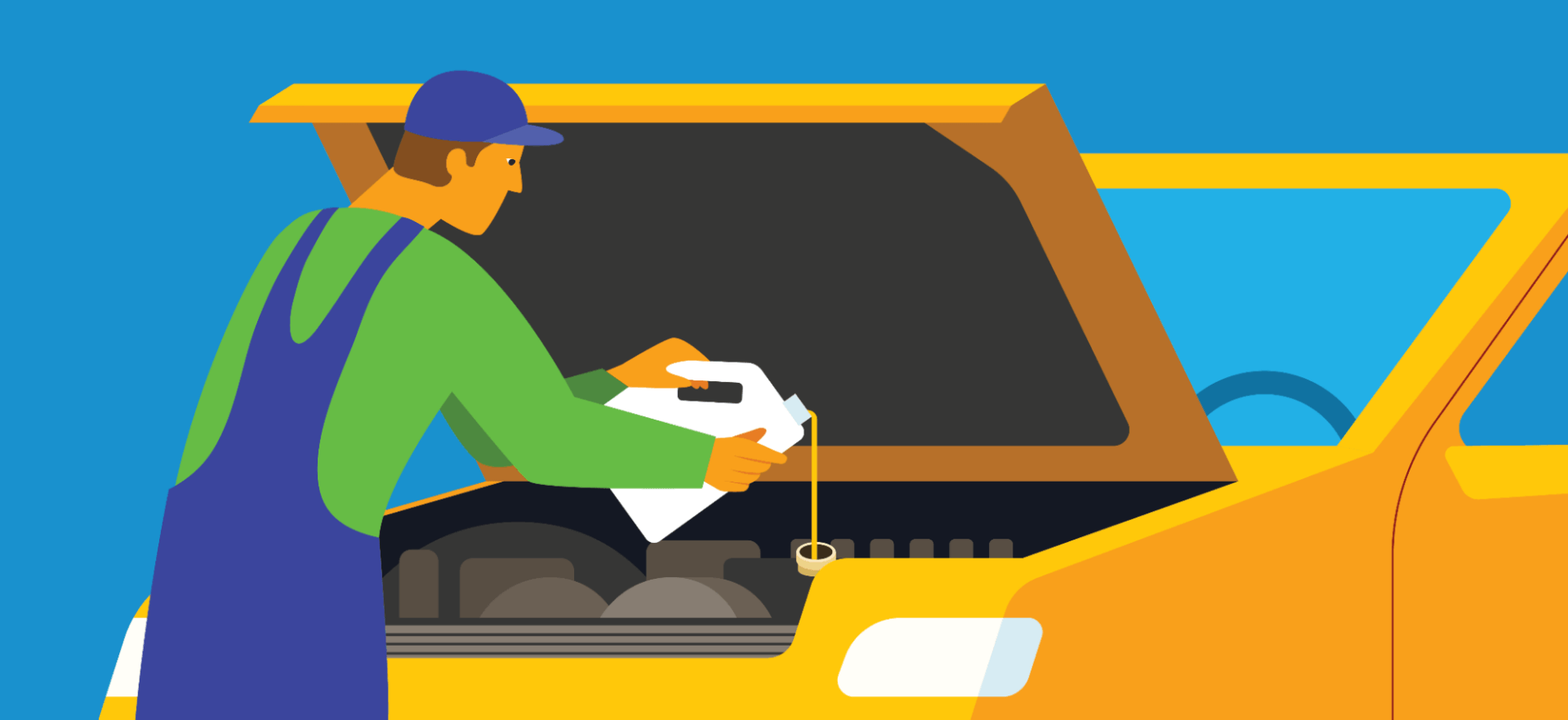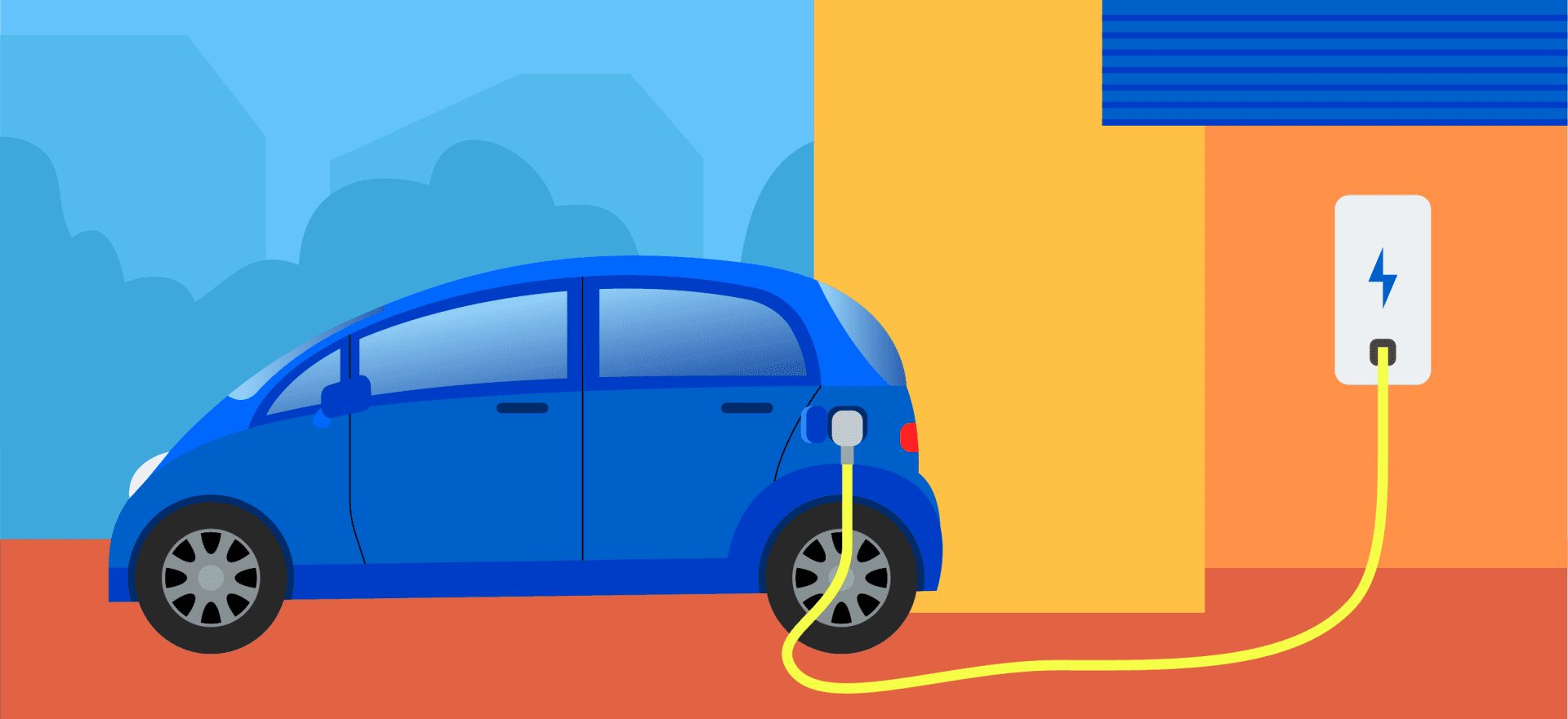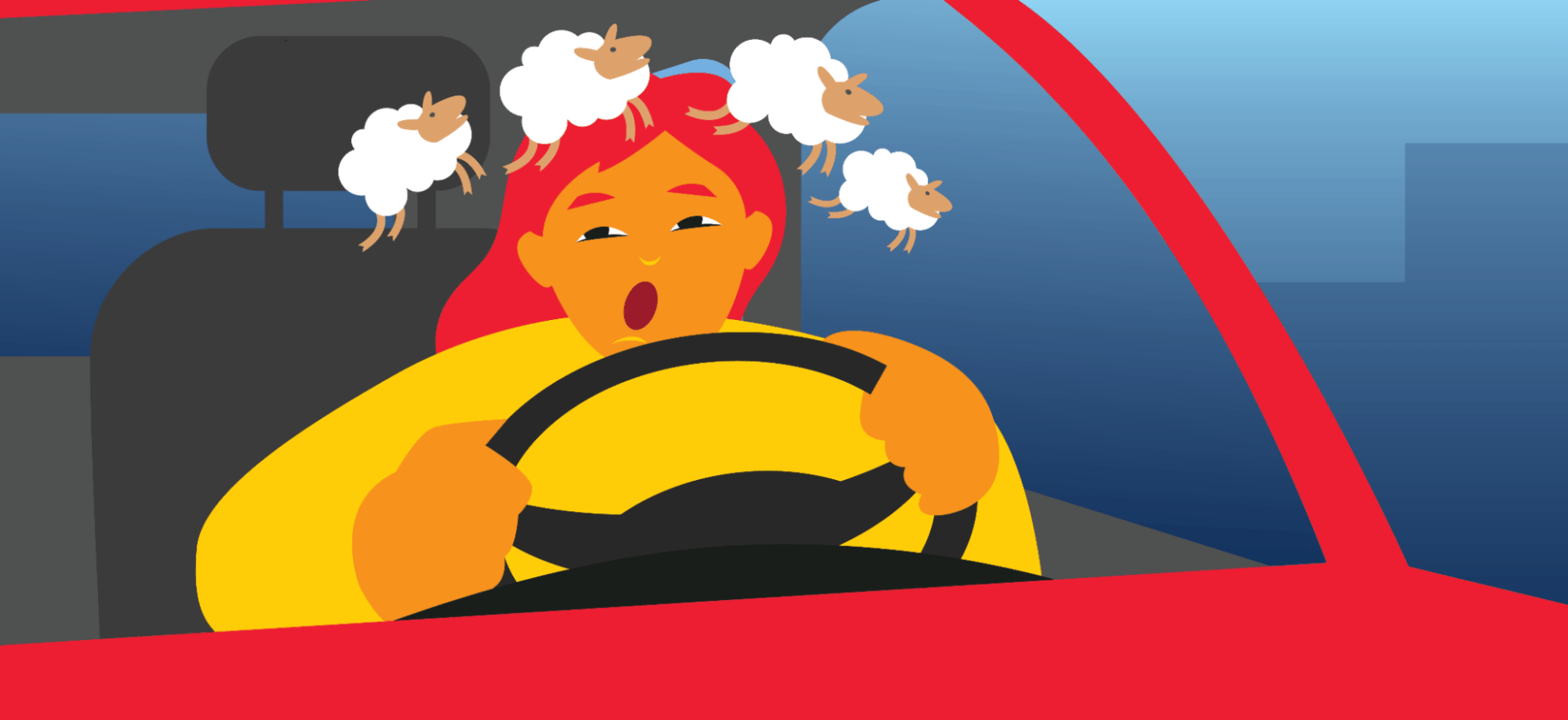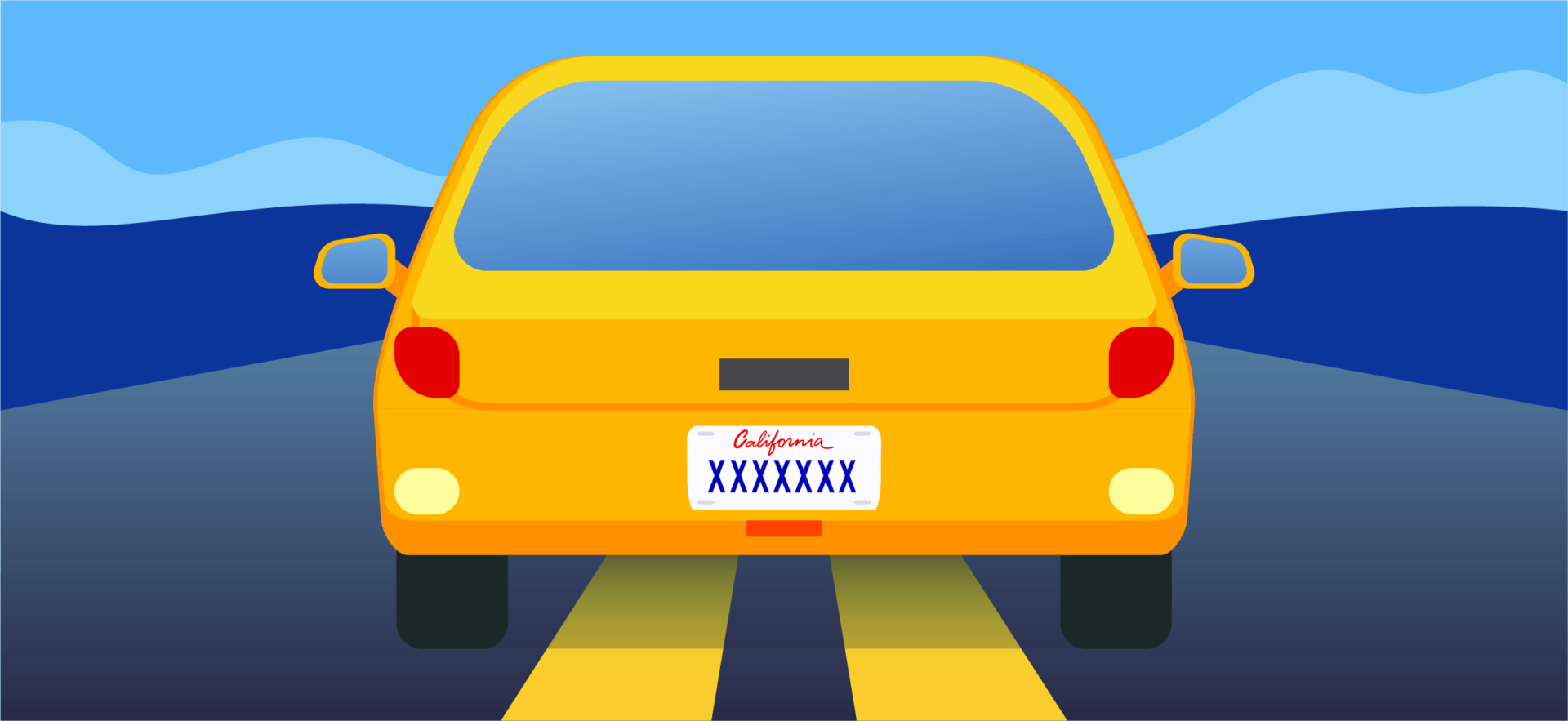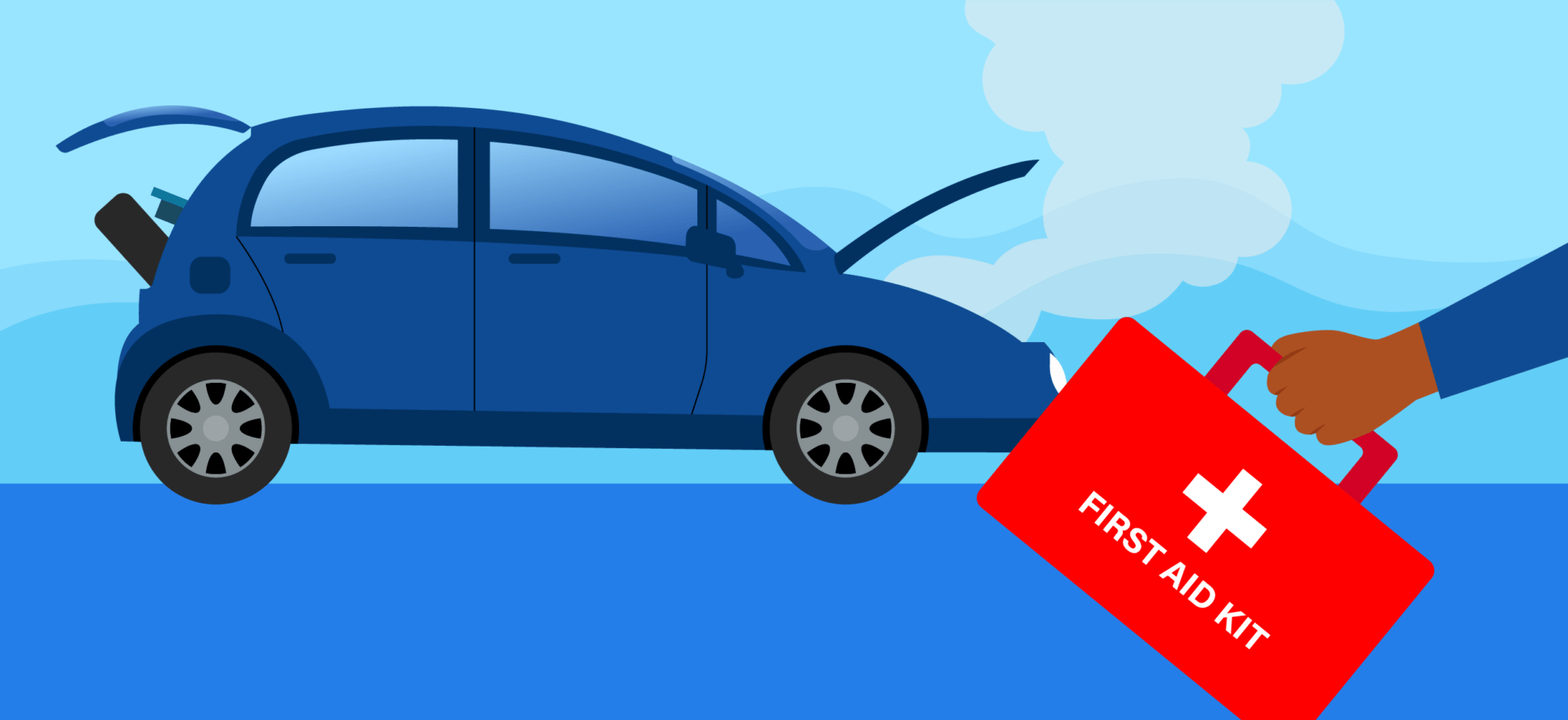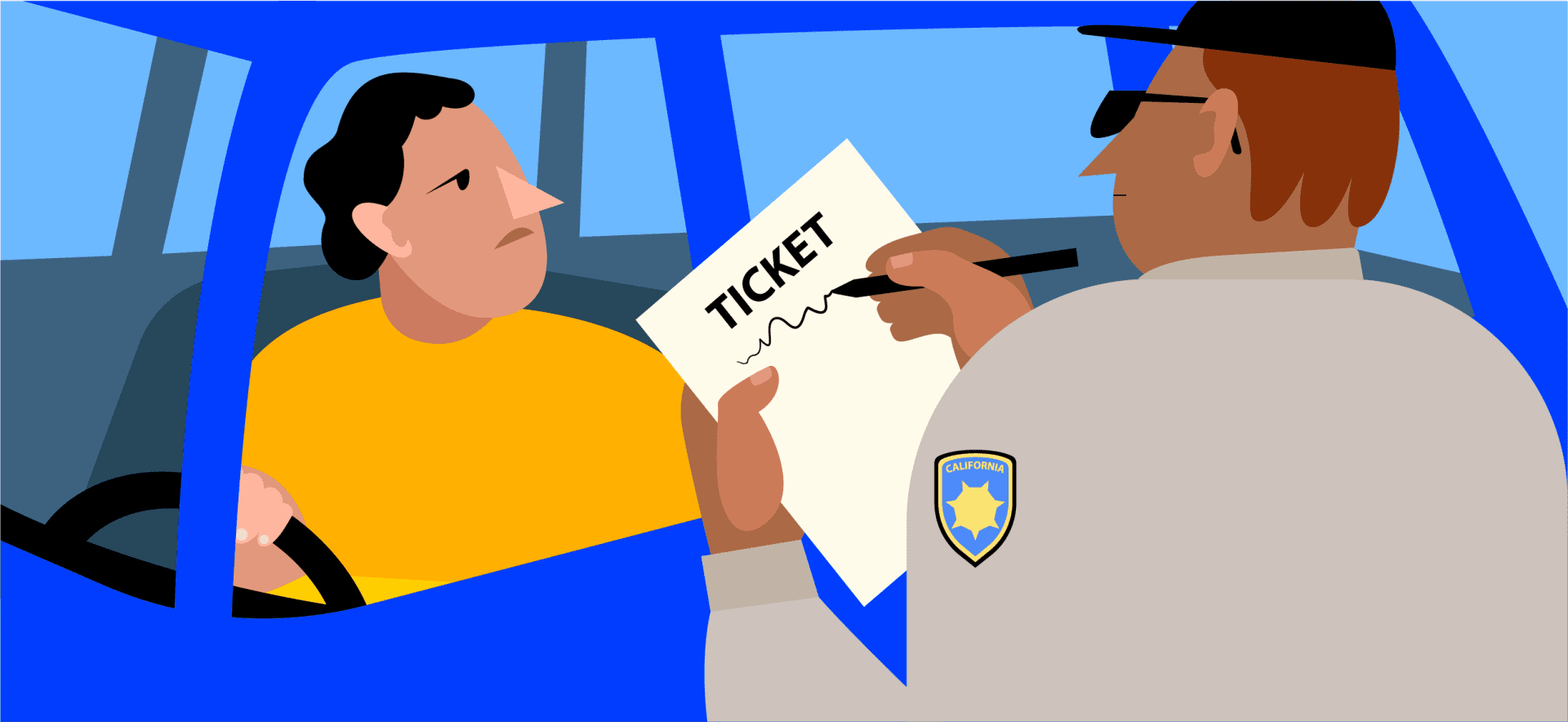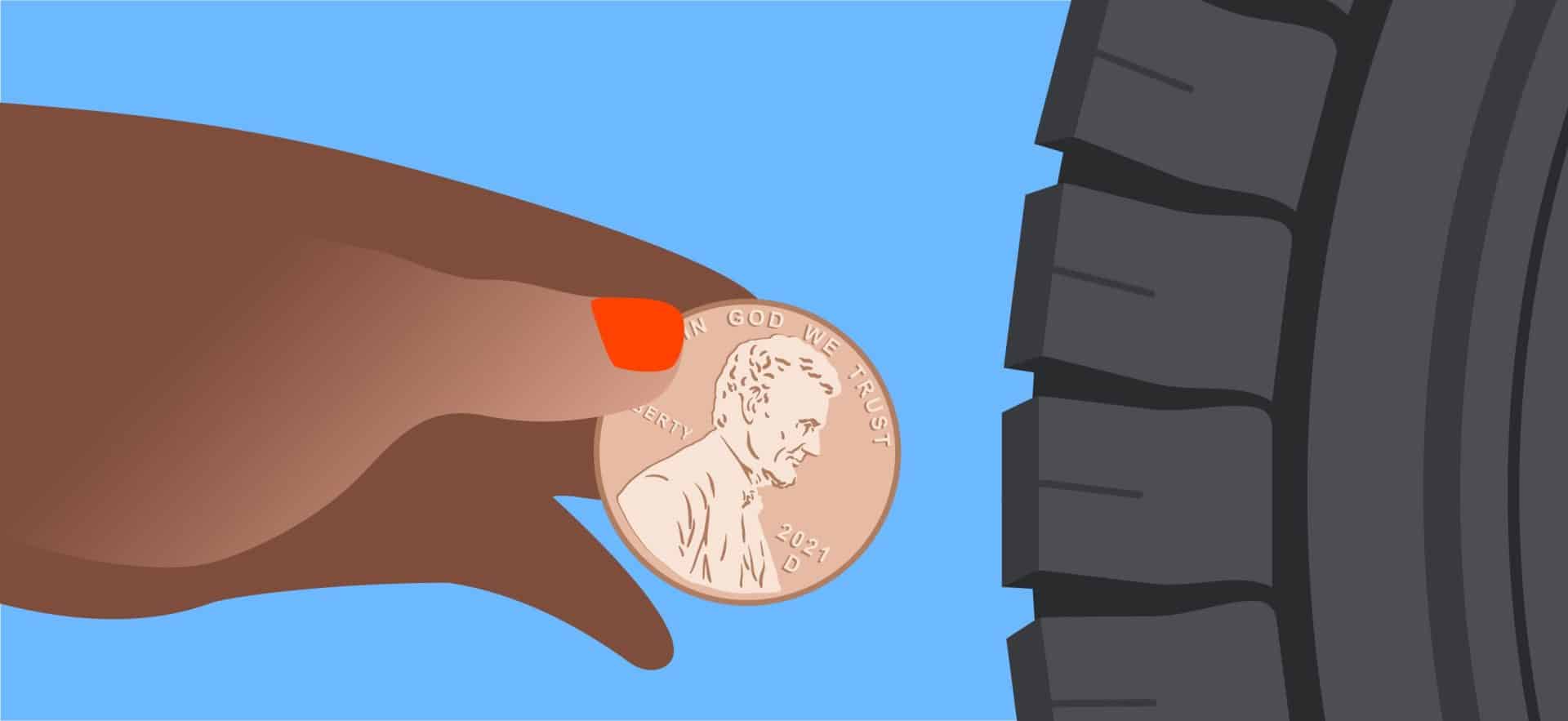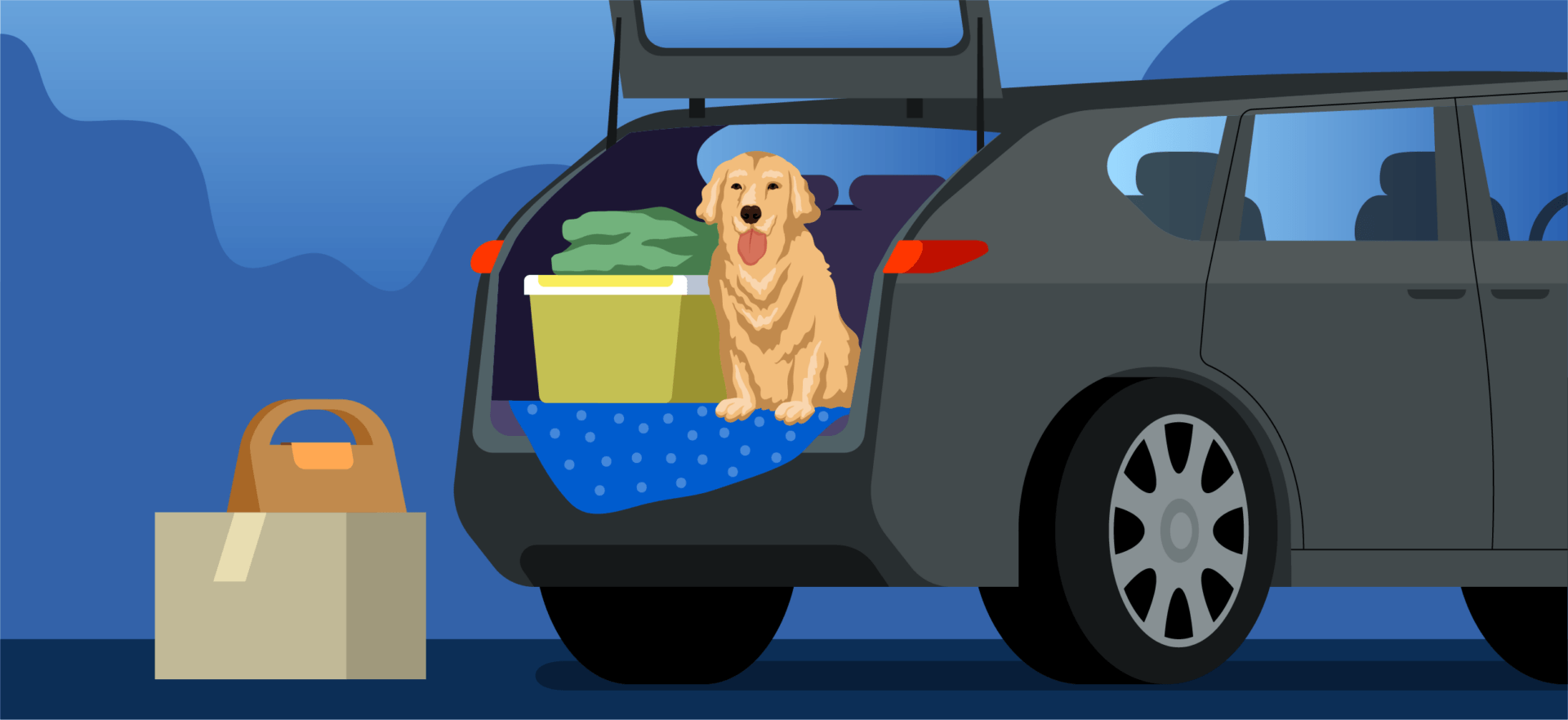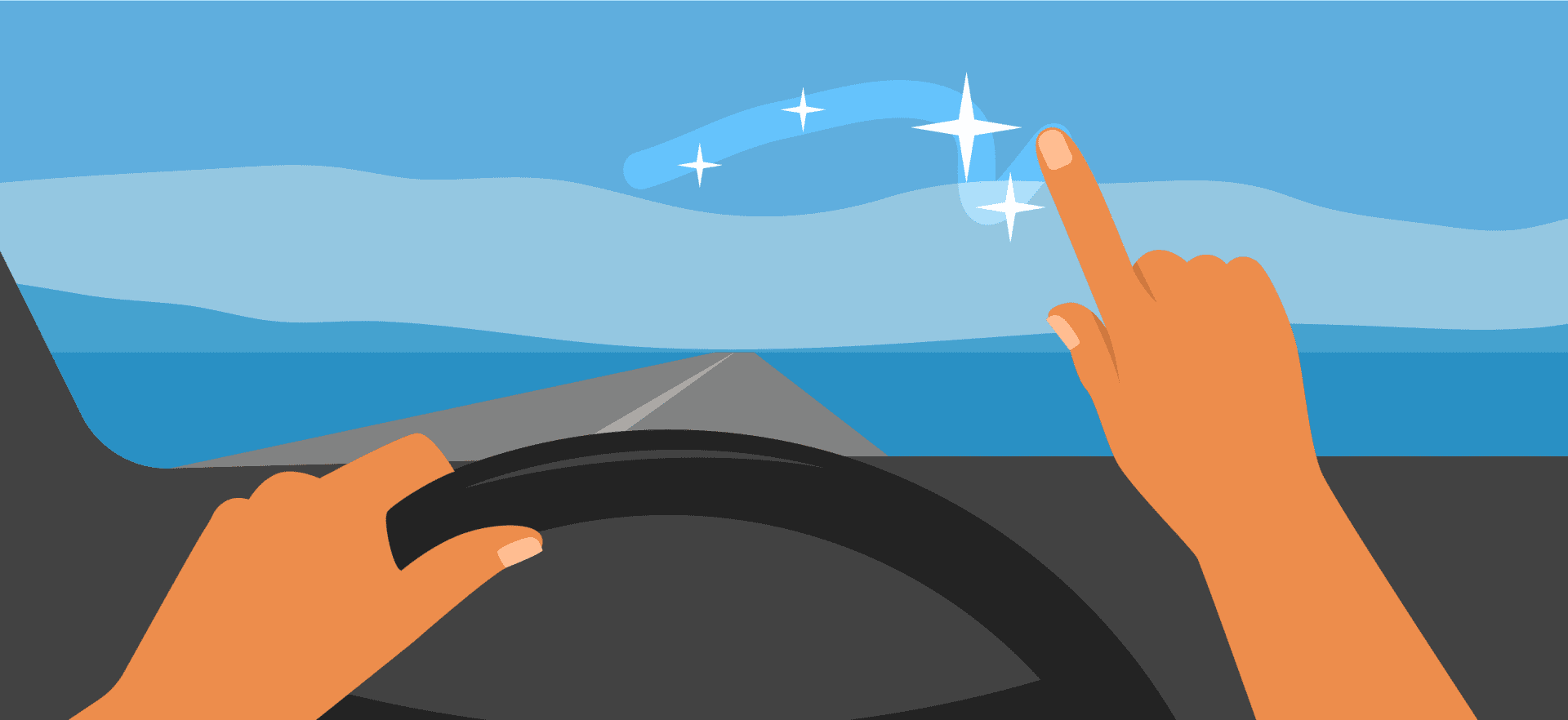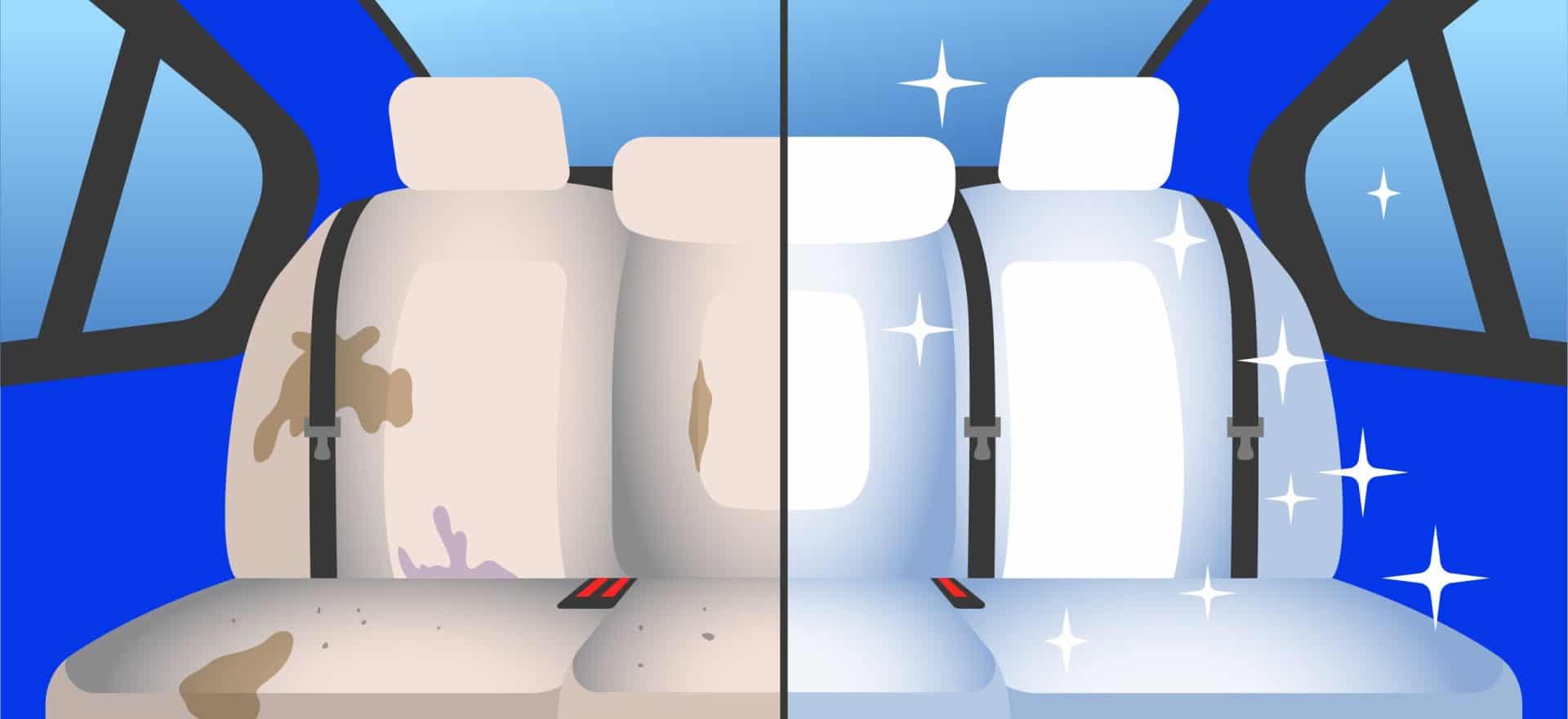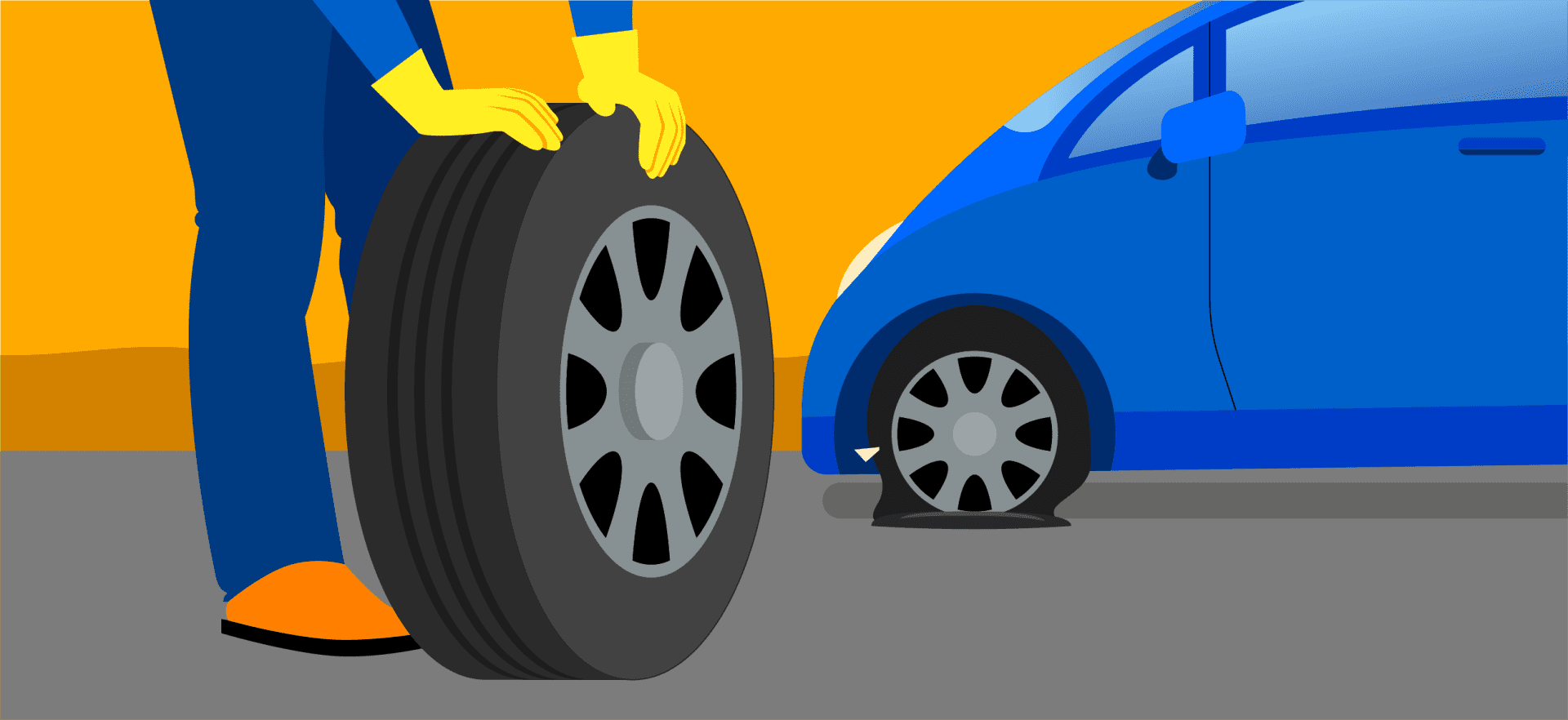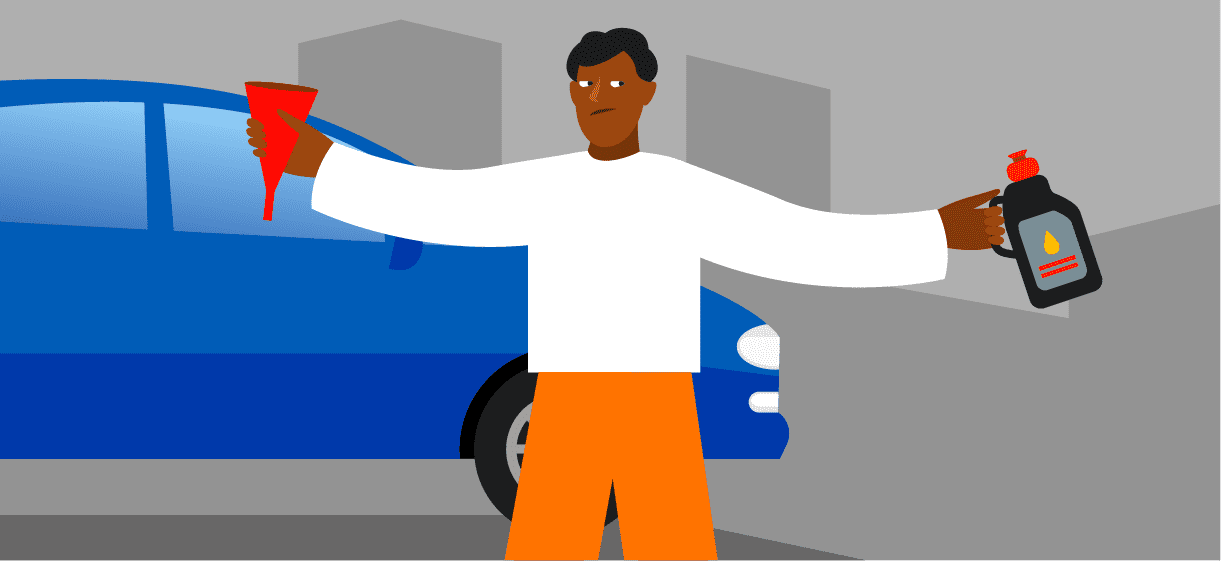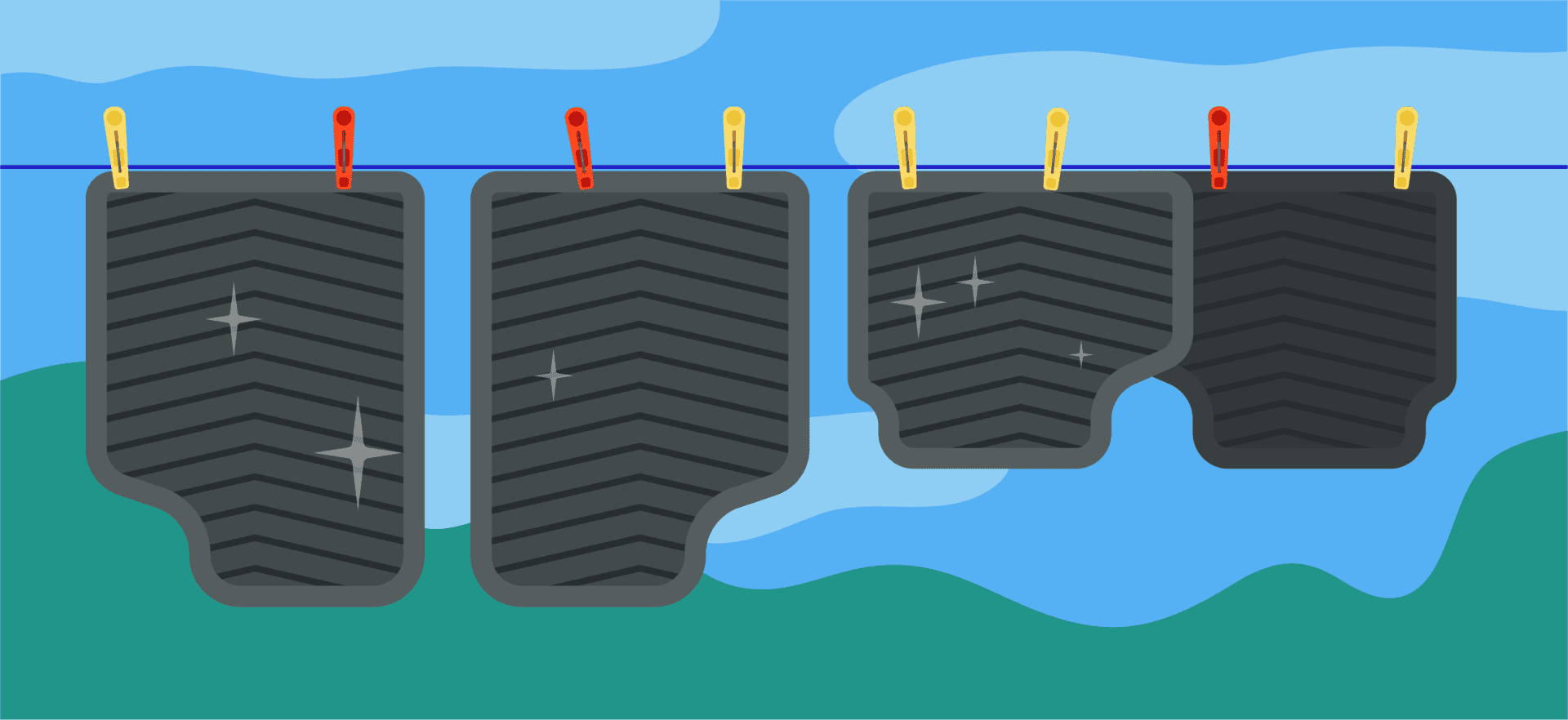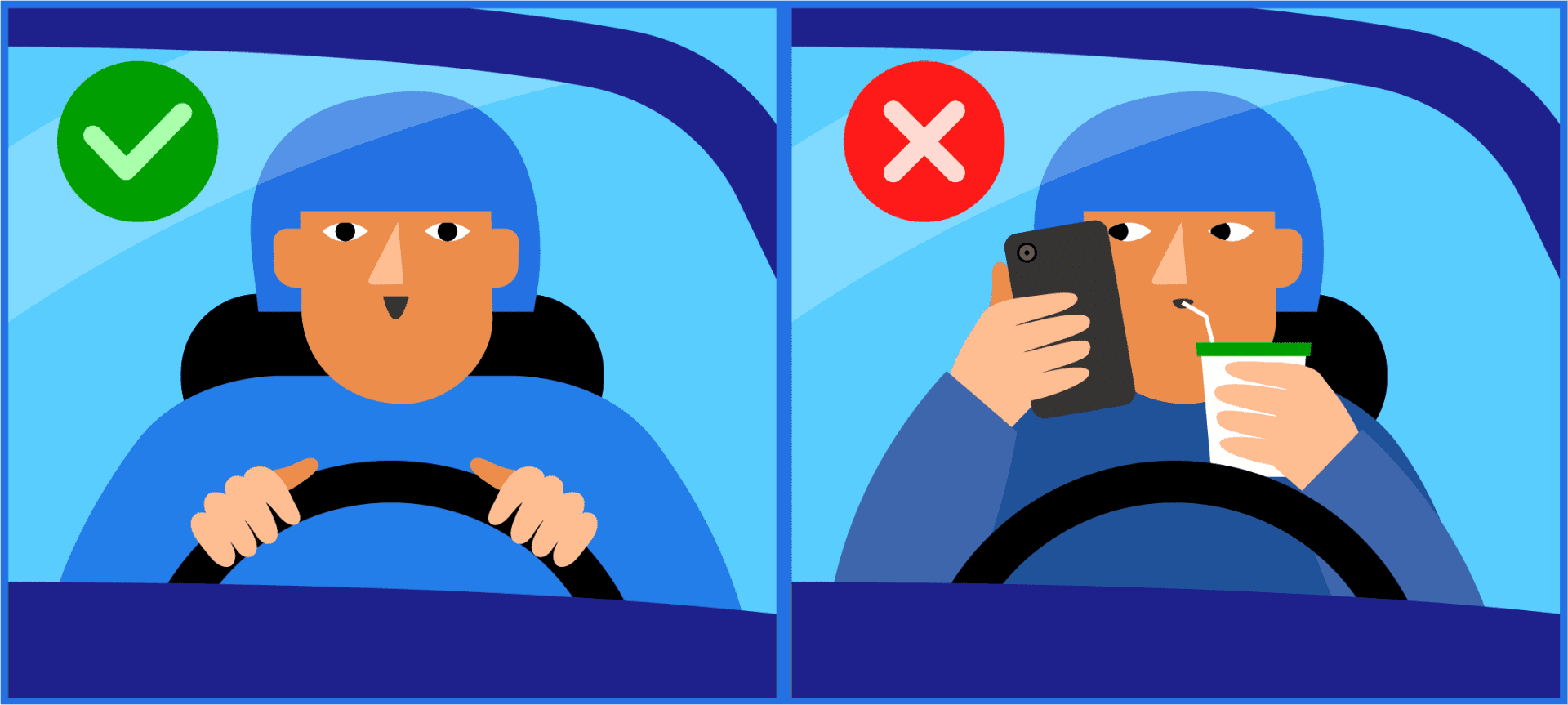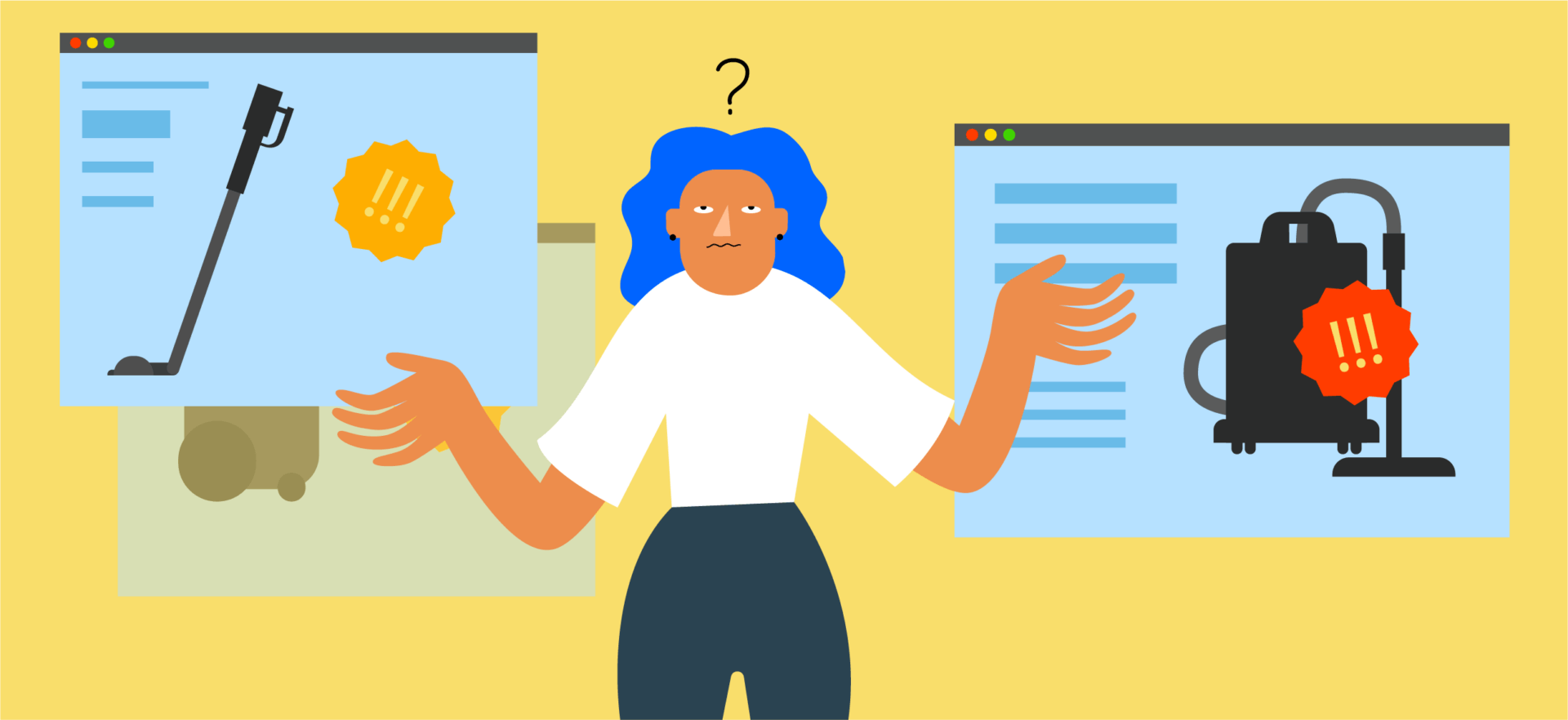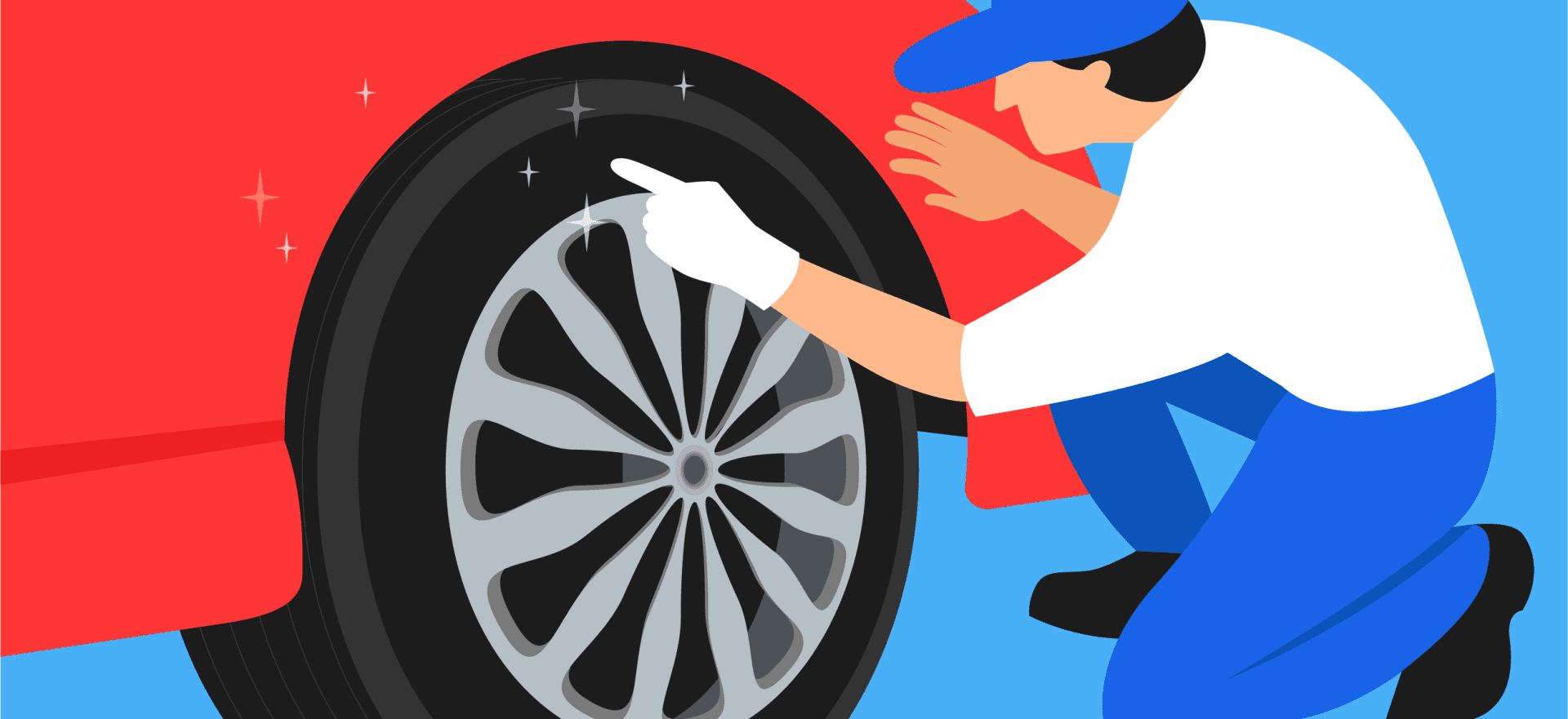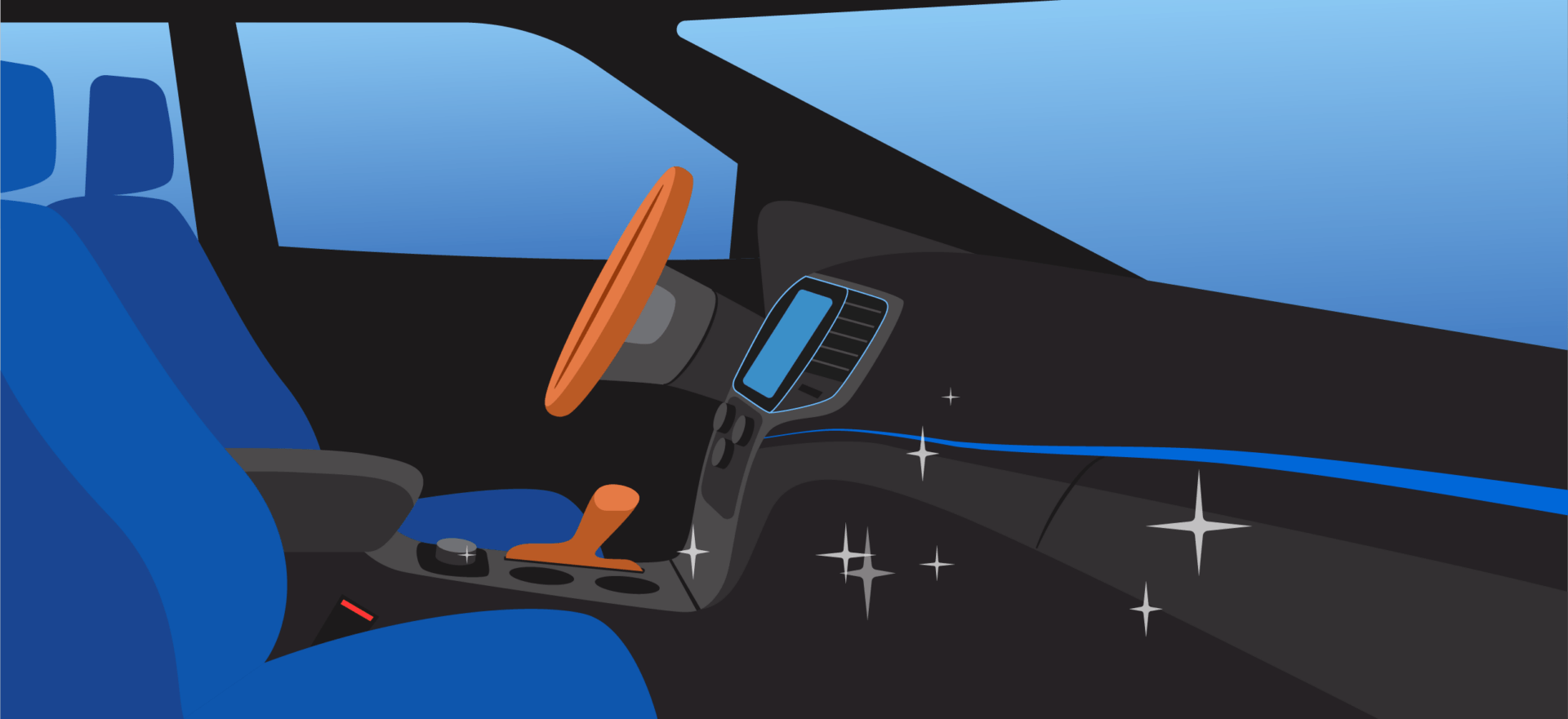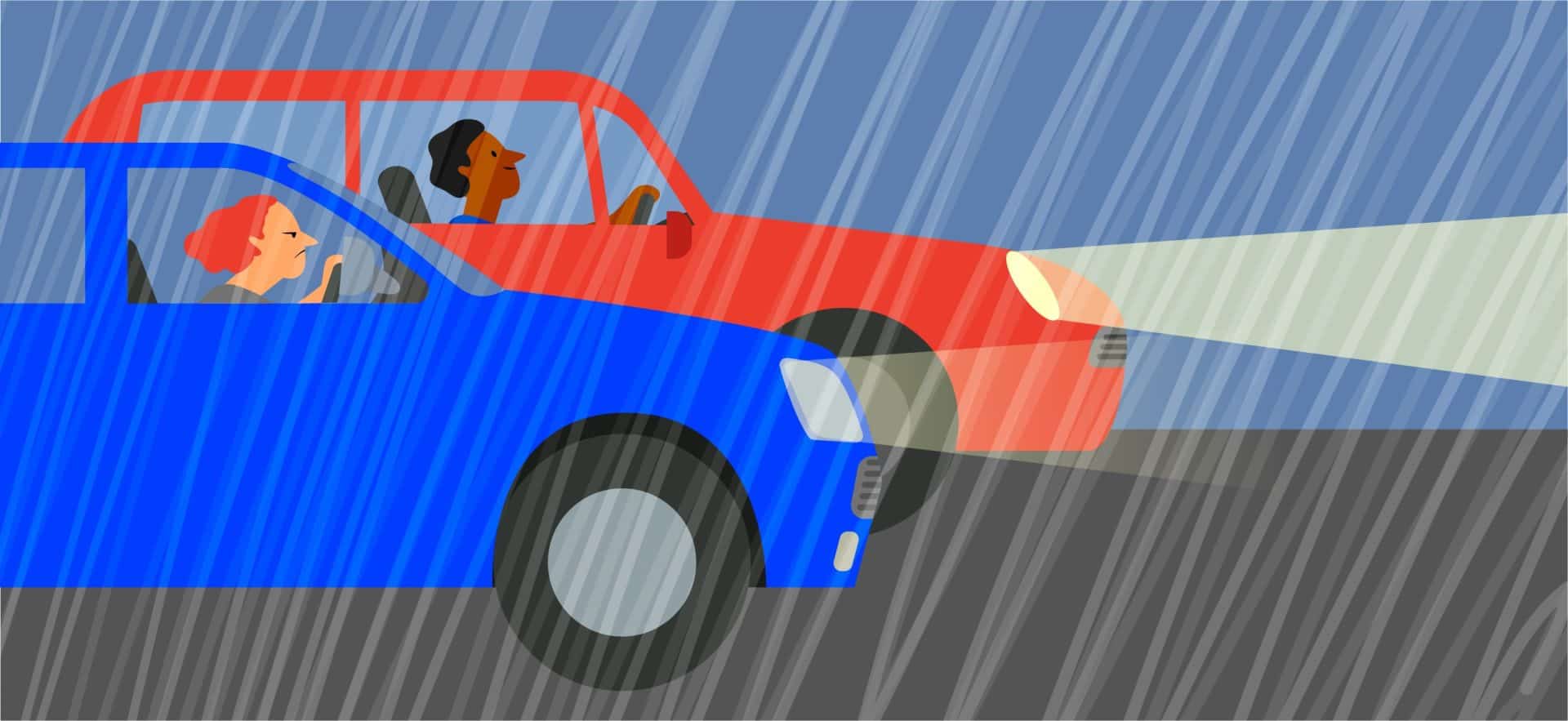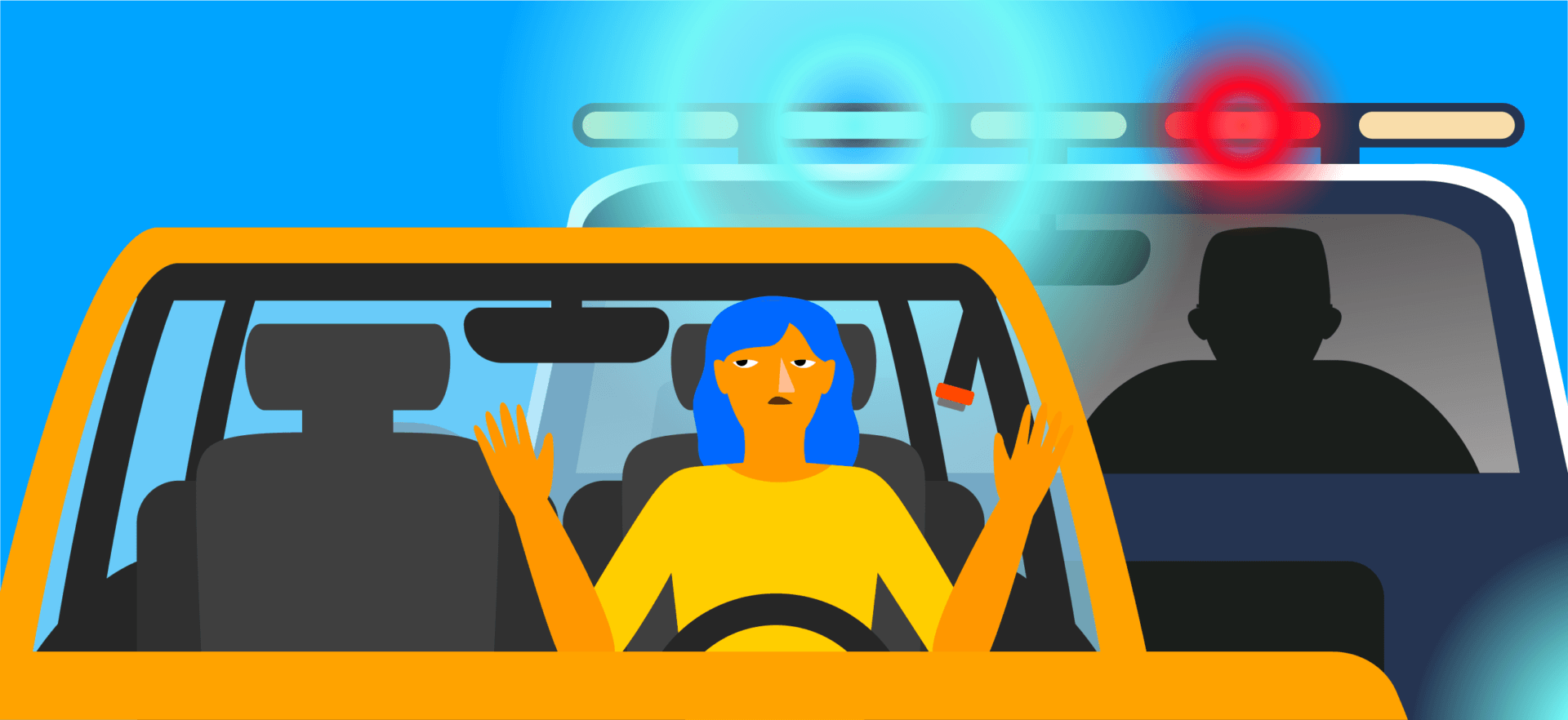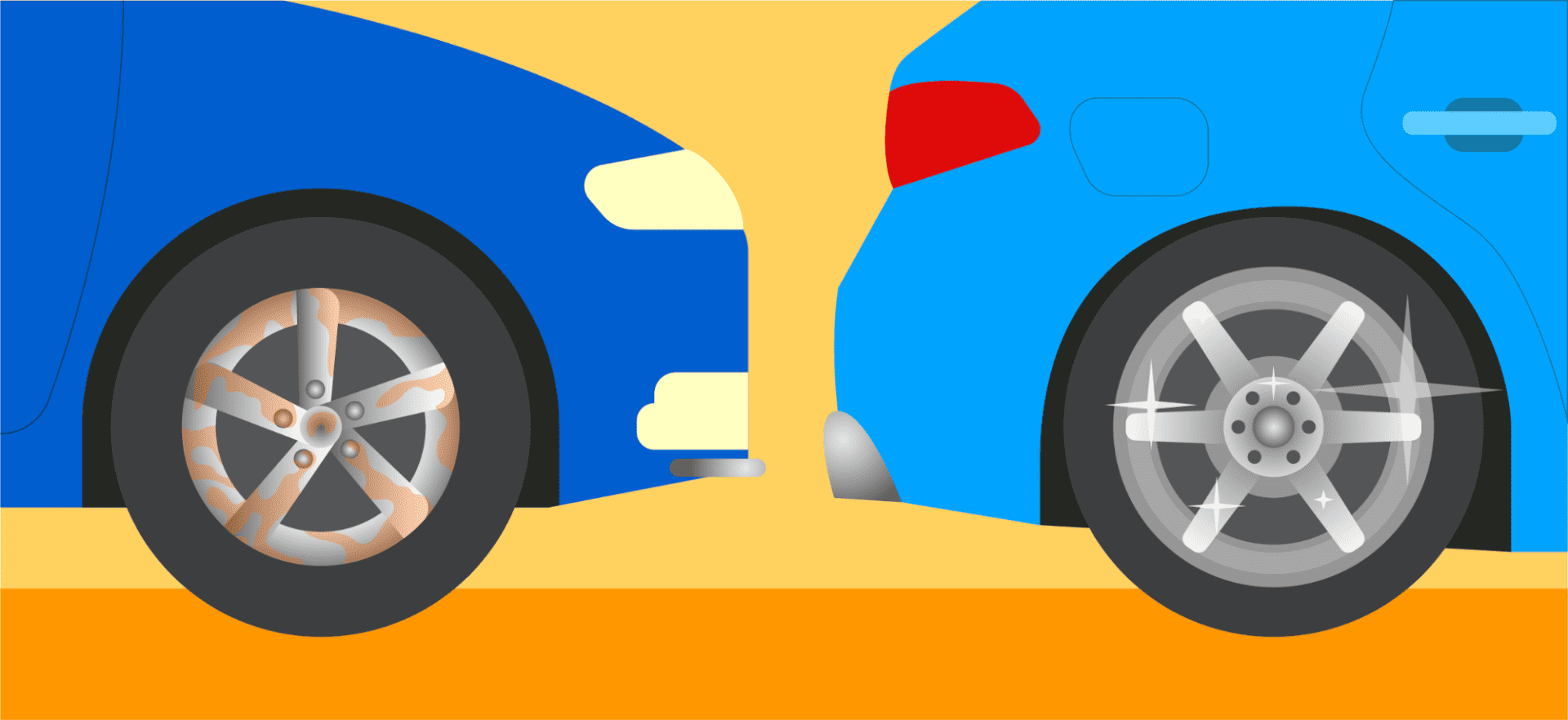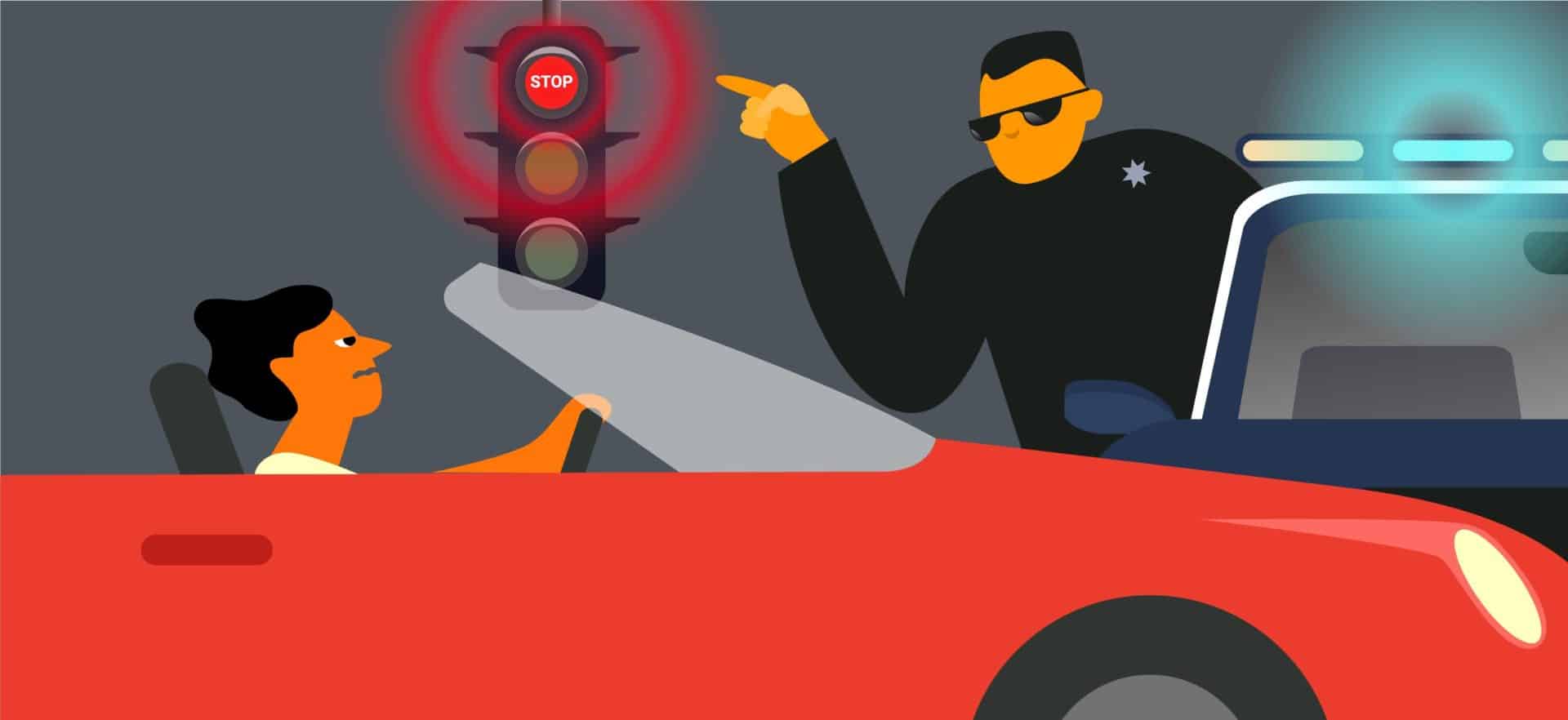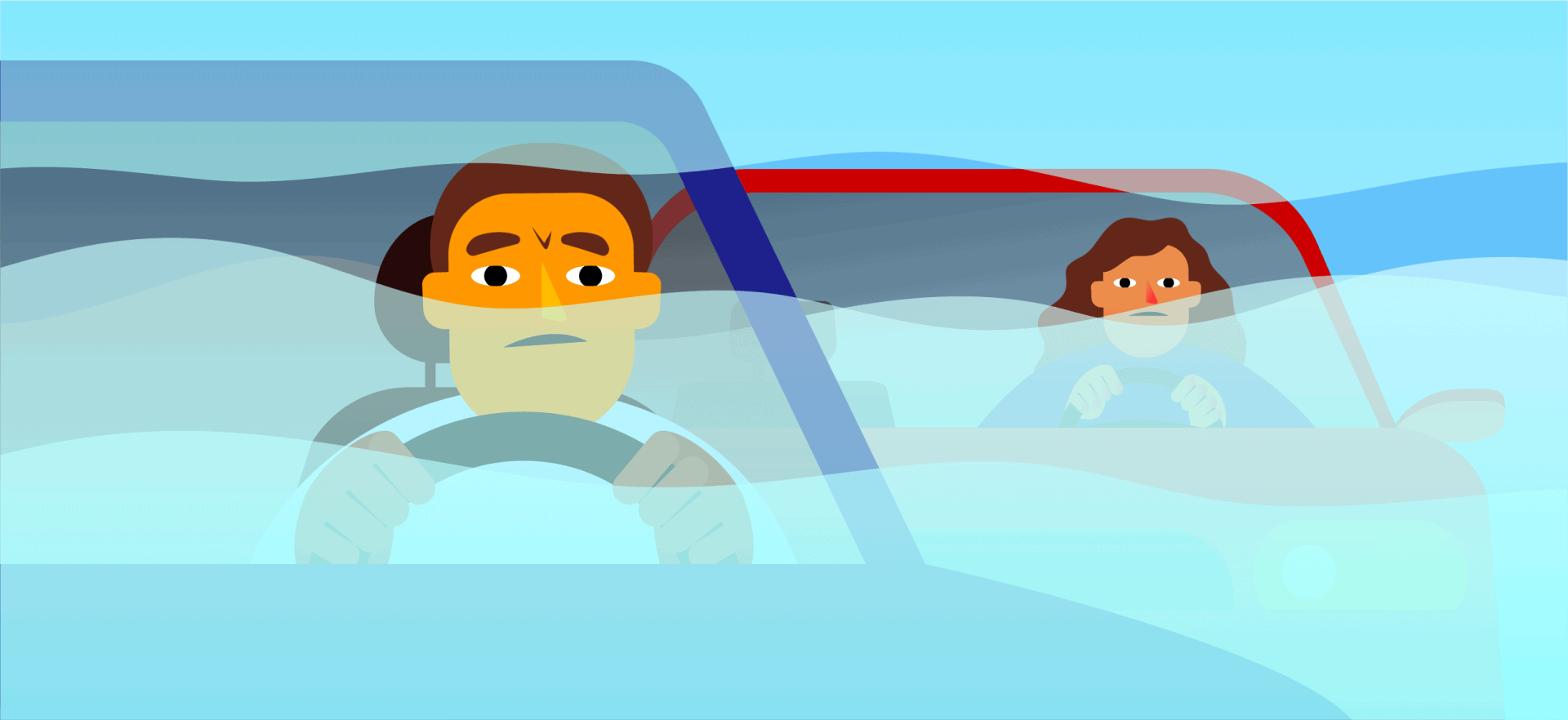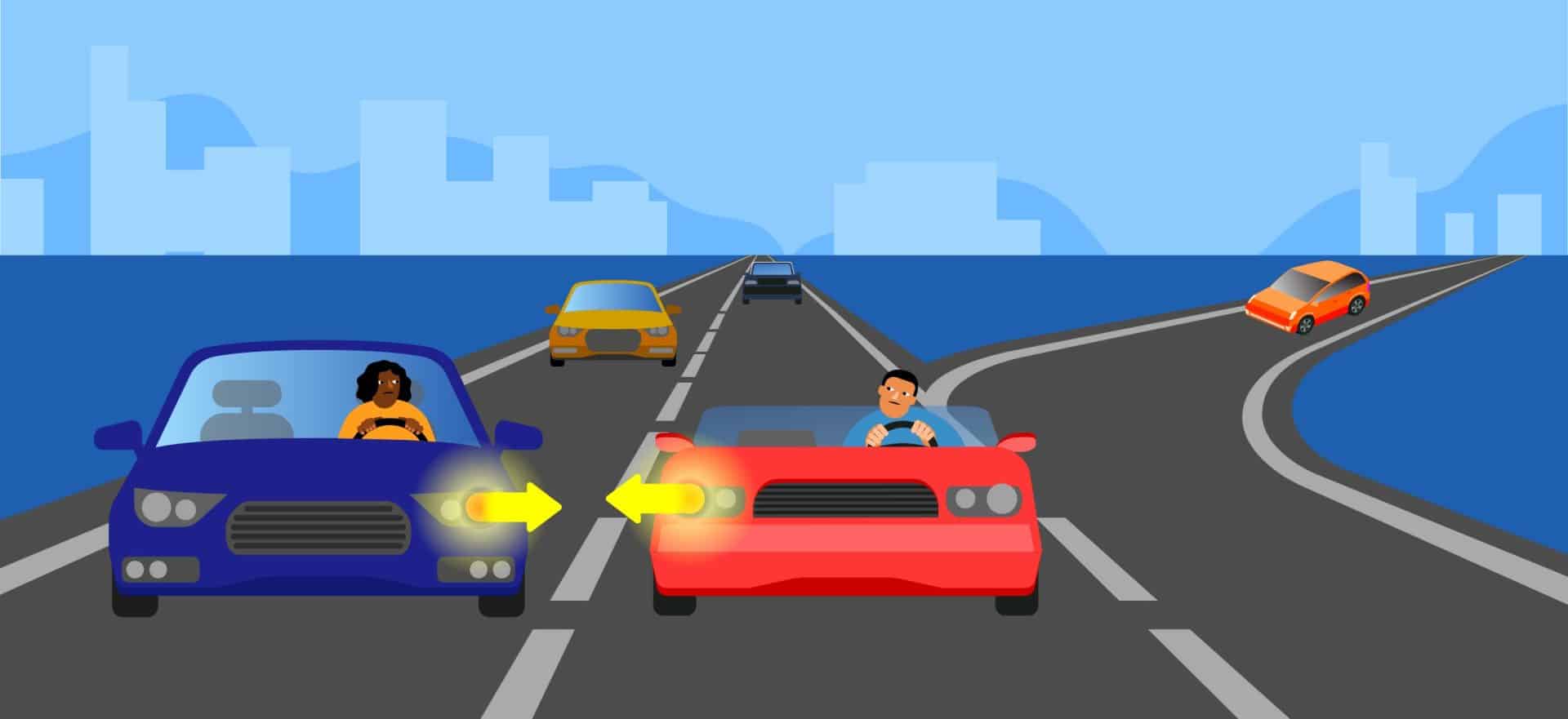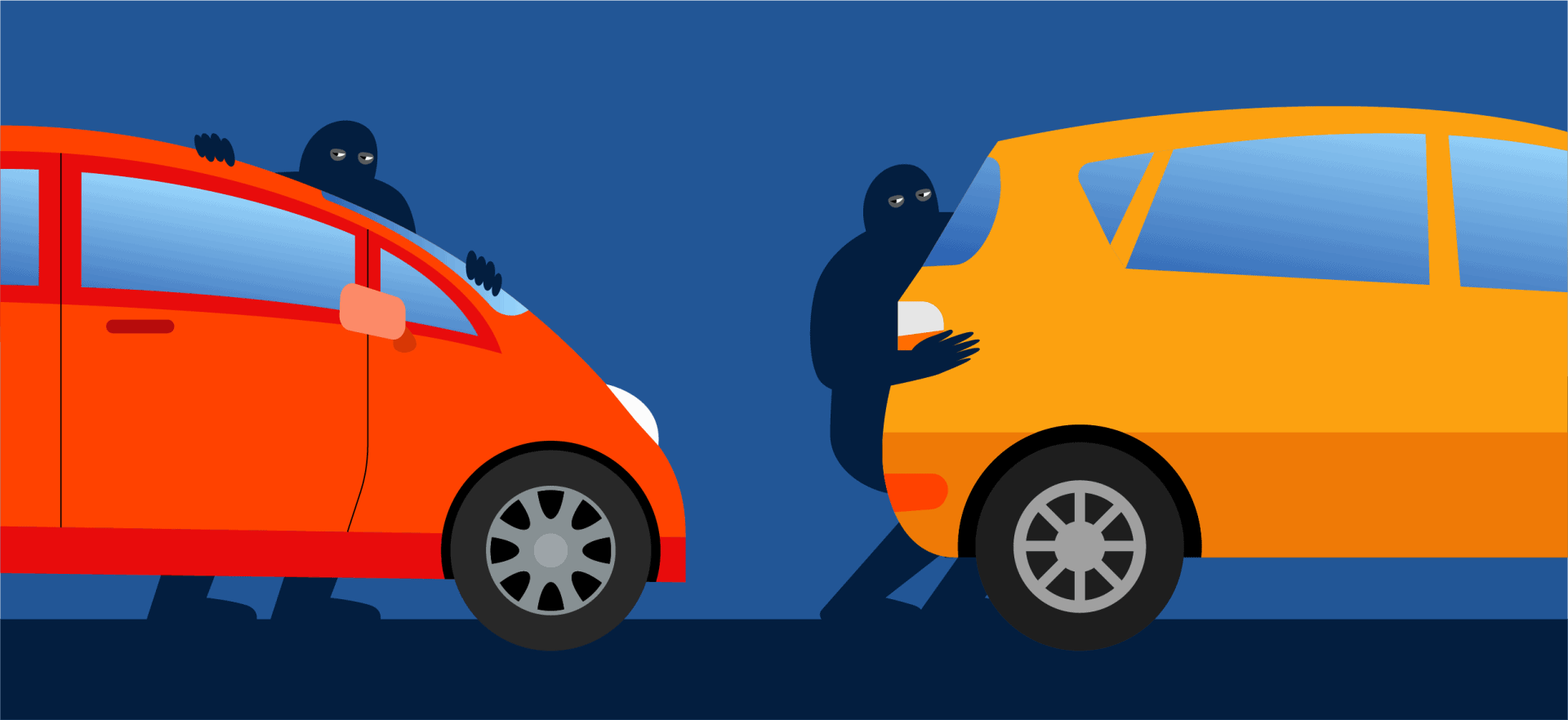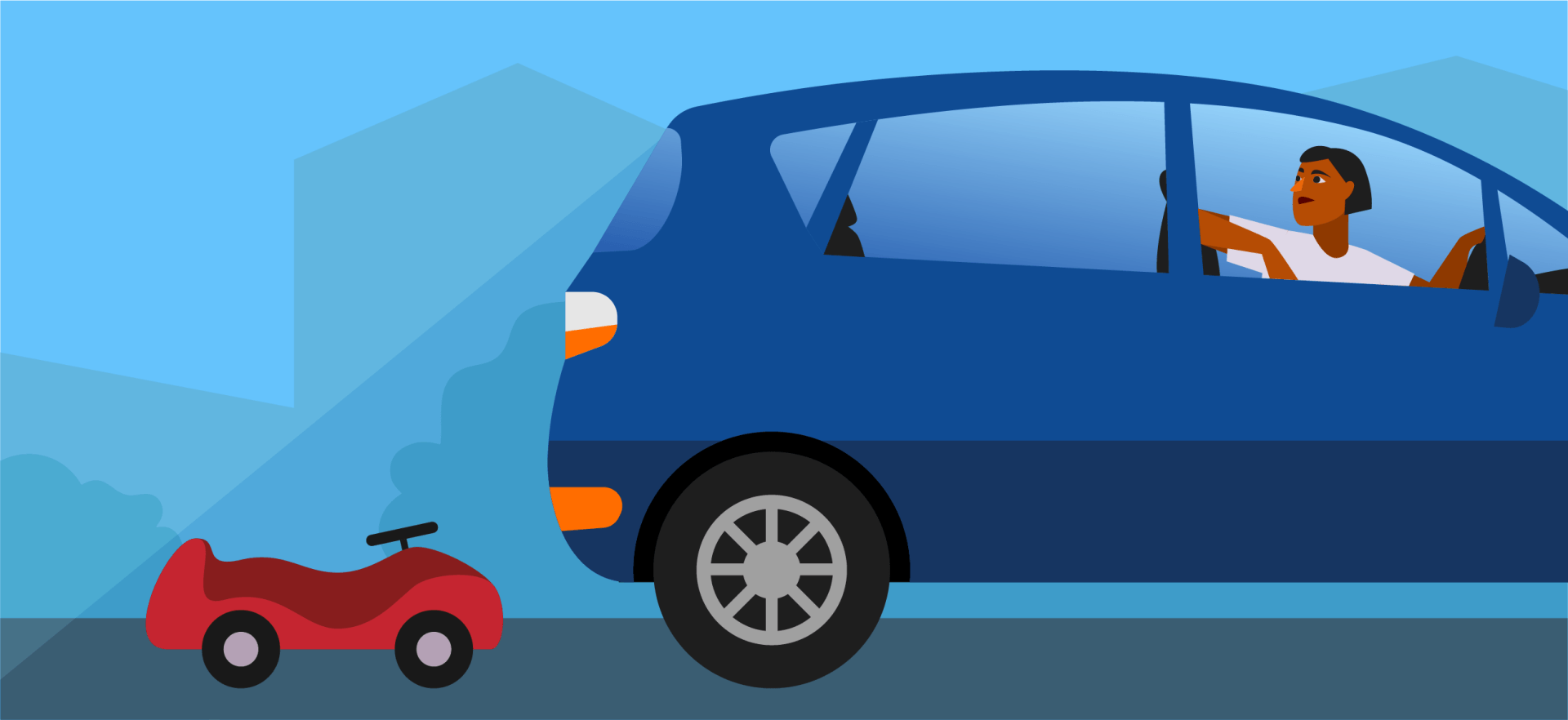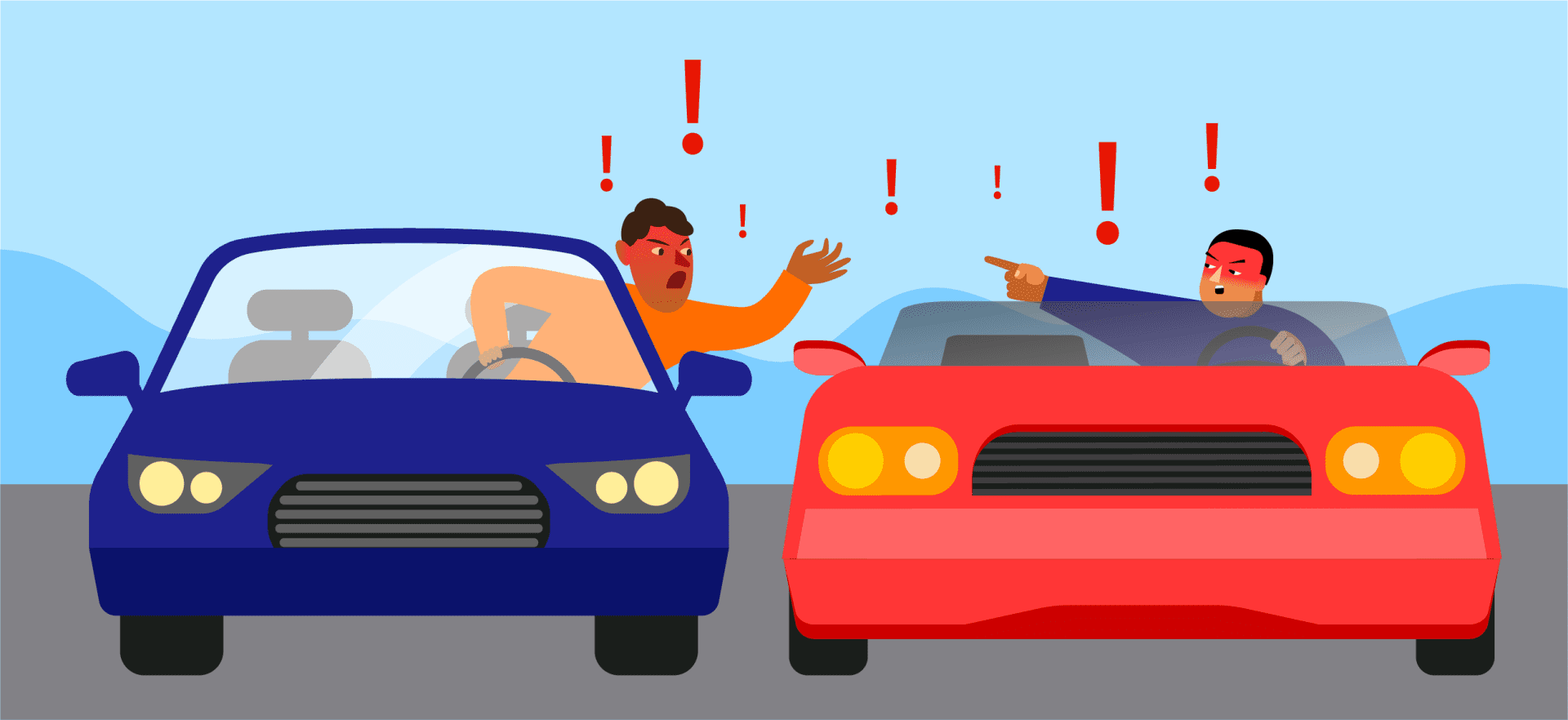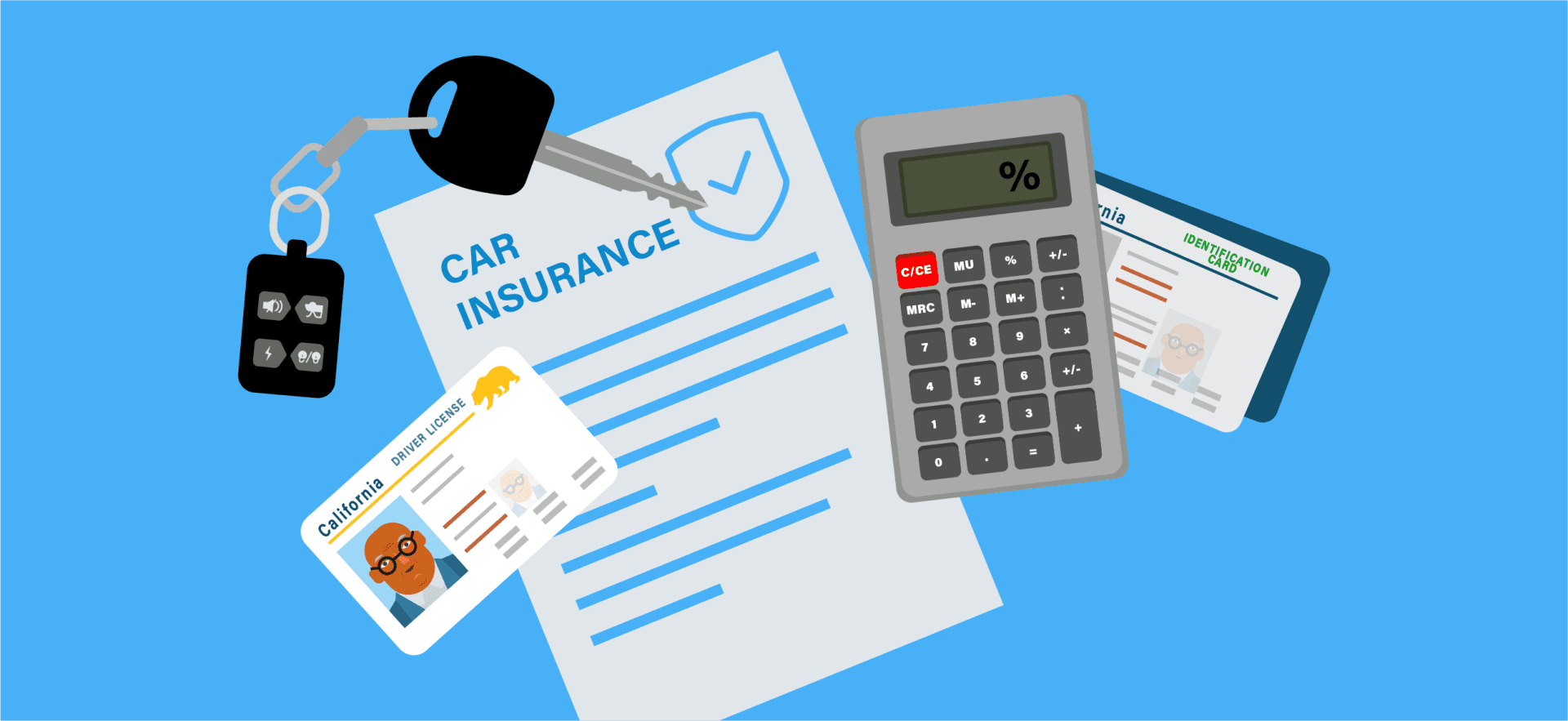Driving in the winter can present different types of challenges than driving during other parts of the year, especially if you live in or are visiting an area that gets winter weather.
Preparation ahead of time is the best way to keep yourself safe during winter driving. Read on to learn everything you need to know to be ready to drive safely during the winter months.
Why driving in the winter is different
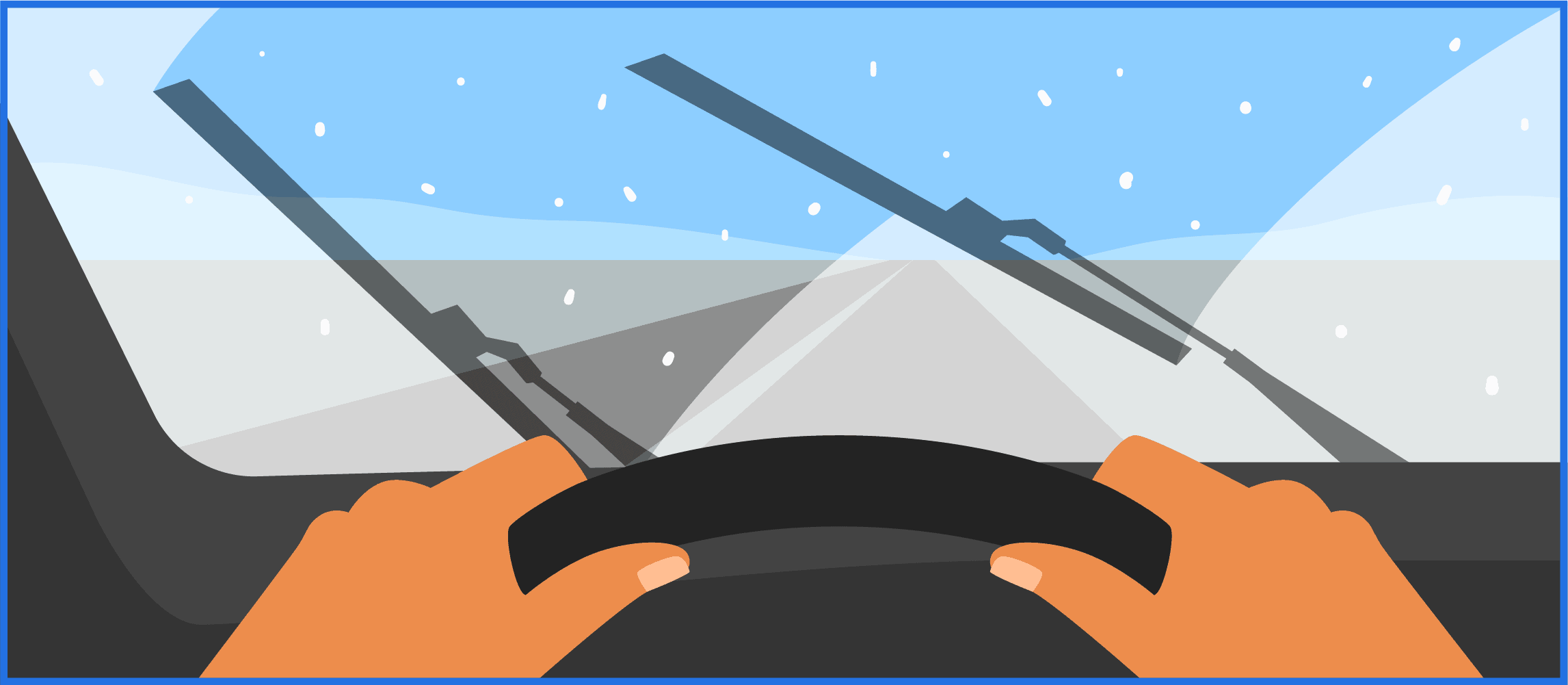
Cooler weather in the winter affects many different systems in your vehicle, changing how they function.
Winter weather can also affect things like visibility and traction, and affect how your vehicle moves and maneuvers.
Traffic school can help you keep a clean driving record, prevent insurance increases, and more!
Tips for Driving in Cold Weather
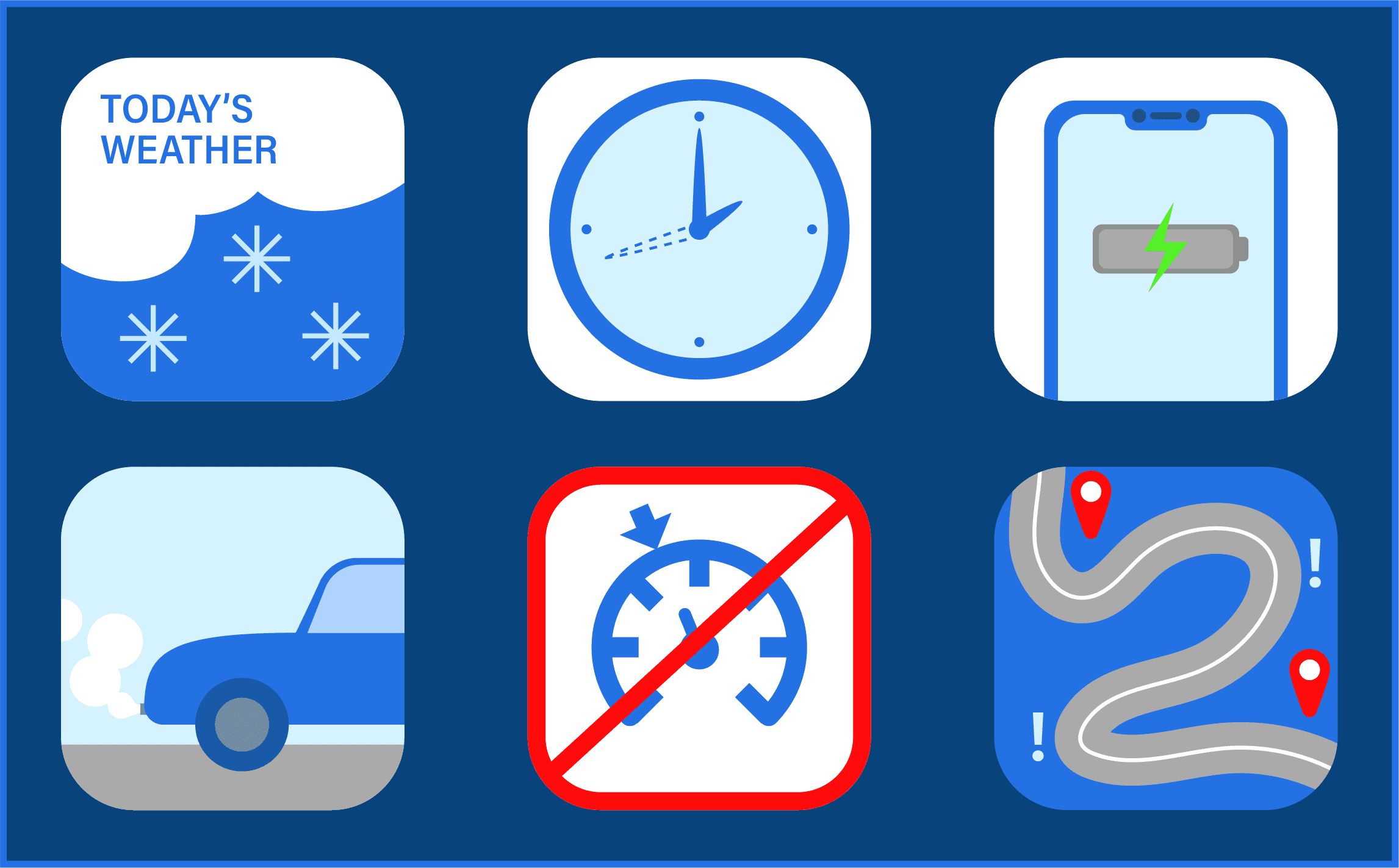
If the weather outside is going to be cold, these tips can help you prepare and stay as safe as possible.
- Understand how your car behaves in winter weather conditions. If possible, go to a big, empty, snowy parking lot where you can practice stopping, starting, and turning to get a feel for how your car maneuvers in the snow. Know if your vehicle has features like anti-lock brakes or skid control — visit My Car Does What? to search for your make and model and see what safety features are standard.
- Keep an eye on the weather conditions before you start your trip, both at the departure point and at your destination. If it seems likely that you’ll encounter hazardous conditions — due to ice, snow, hail, rain, flooding, hurricane, tornado, or any other severe weather — change your travel plans.
- Give yourself extra time to arrive at your destination. Driving in winter weather can take longer, and you should give yourself plenty of time to navigate safely without the added pressure of being late.
- Fully charge your cell phone before driving, and keep a charger in your vehicle. Don’t ever use your cell phone while driving in winter conditions — pull over if you need to make a call. But having a phone means you can call for help if you get stuck or have an emergency. (Cell phone tickets in California are common and cost more than $150, even for first offenses.)
- When it’s cold out, you should warm up your vehicle before driving it. But never do so in an enclosed space, like a garage. This can cause a deadly buildup of carbon monoxide.
- Don’t use cruise control if there’s any chance of encountering slippery road surfaces, like those that are wet, snowy, or icy.
- Know your route ahead of time. Be especially alert in any areas where sudden stops or quick direction changes may be required, as these types of maneuvers can cause you to lose control of a vehicle on a slippery road.
Tips for Driving in Snow
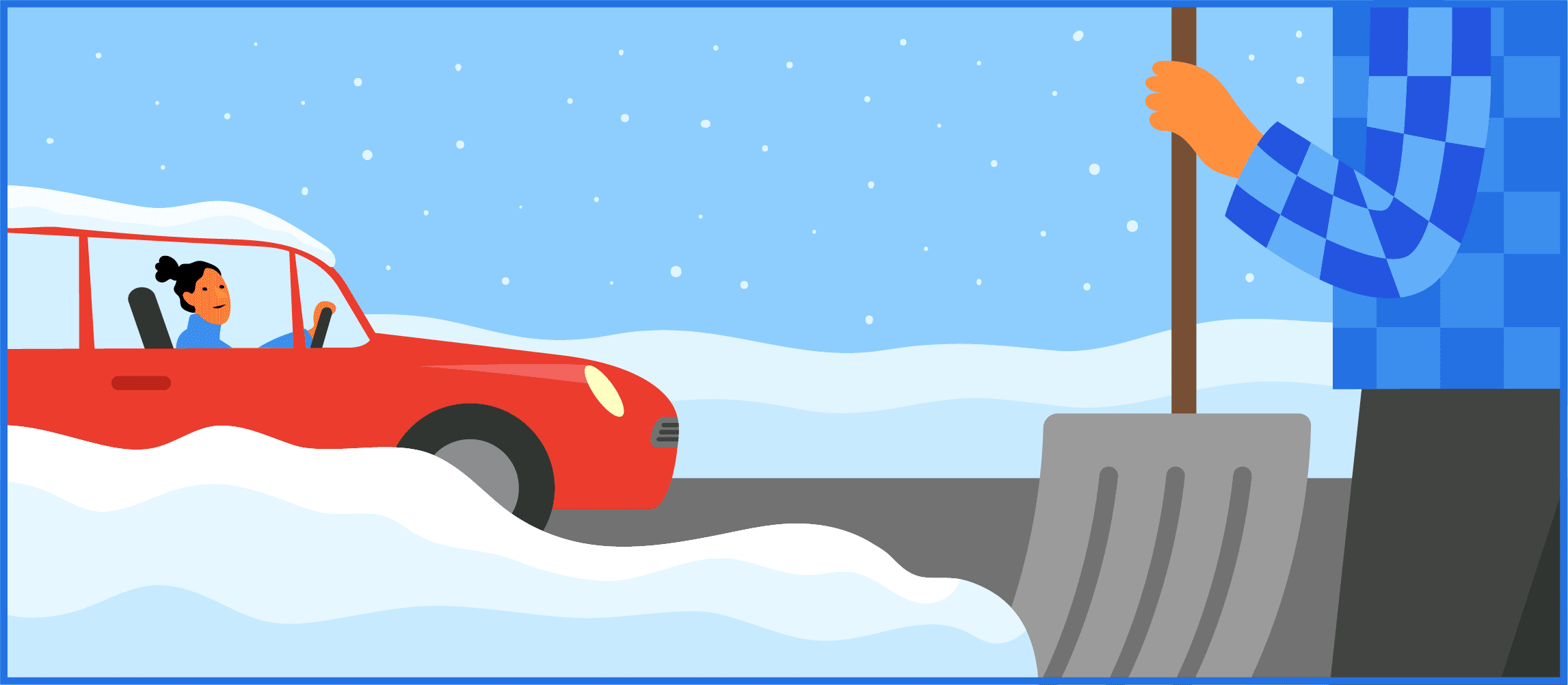
Driving in the snow can be even more difficult and dangerous than driving in cold weather. These tips will help you stay as safe as possible.
- Stay home if you can. Only go out in the snow if it’s absolutely necessary.
- Slow down. Your vehicle will have less traction on snow or ice, so adjust your speed to account for that.
- Accelerate and decelerate slowly and carefully. Press the pedals slowly and gently to help your vehicle maintain traction and avoid skidding or sliding. Remember that it will take longer to slow down and stop in snow and ice.
- Increase your following distance. This will give you the space you need to slow down and stop safely on slippery roads.
- Know whether your vehicle is equipped with anti-lock brakes, and how to use them. If you don’t have anti-lock brakes, know how to pump the brakes to regain control if your vehicle starts to skid or slide.
- Try not to stop. It takes much more traction to start moving from a full stop than if your vehicle is still rolling, and on slick roads, that traction may not be there. If you can slow down but keep rolling slightly until a traffic light changes, do that instead of stopping entirely.
- Be careful on bridges. They may be icy, even if the rest of the roadway isn’t. The same goes for areas of the road that aren’t exposed to sunlight.
- Don’t try to power up hills. Applying extra gas on slick roads will only make your wheels spin. Instead, try to speed up slightly before the hill so your inertia can help carry you to the top. At the crest of the hill, slow down before you start down the other side.
- Never stop on a hill. It’s very likely your vehicle will get stuck.
Tips for Long-Distance Winter Road Trips
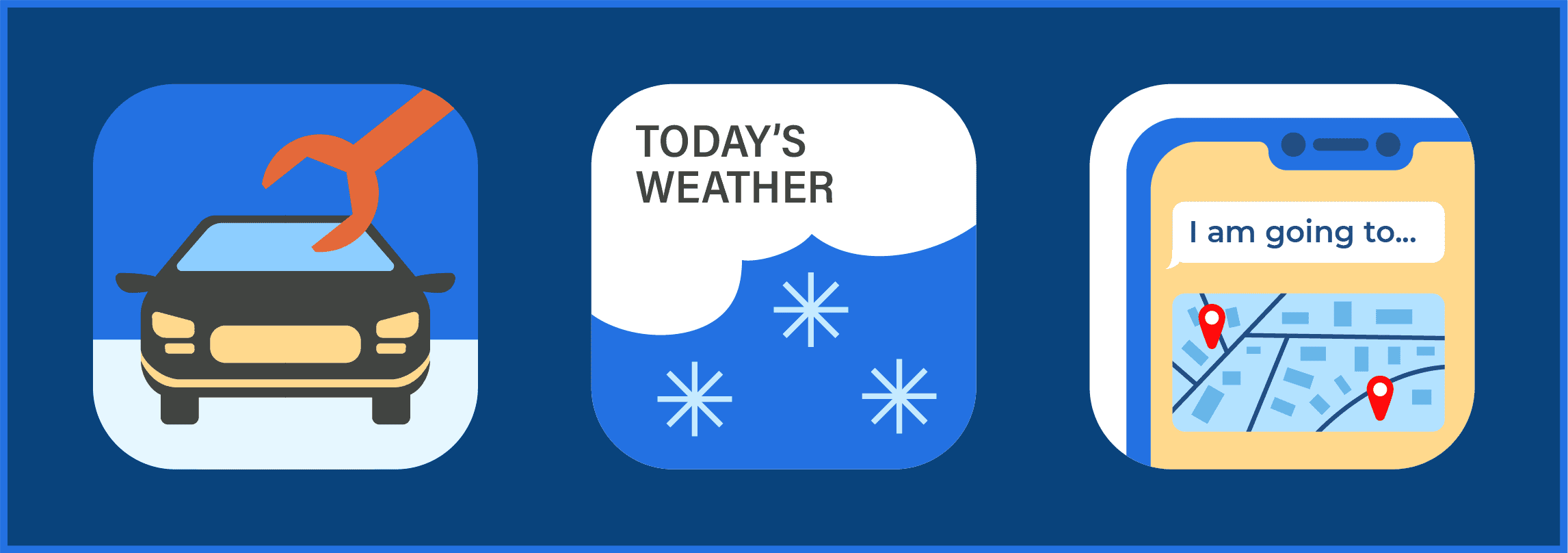
Driving long distances in the winter isn’t ideal, but it’s sometimes the best way to travel, especially during the holiday season. Follow the tips below to make long-distance winter road trips as safe as possible.
- Get your vehicle serviced and make sure all your safety equipment and systems are in good working order.
- Check the weather ahead of time, along every part of your route. If hazardous weather is expected during any part of the trip, delay if possible.
- Let others know your route, destination, and the time you expect to arrive. Check-in regularly during your trip to let them know you’re still safe and on the way.
Before You Drive in the Winter
Before you get behind the wheel during the winter months, take these steps to make sure you and your vehicle are prepared for any weather and other hazards you may encounter.
Gas Up or Plug-In
In the winter, it’s important to keep your gas tank at least half full to avoid freezing gas lines. But if possible, you should keep as close to a full tank as possible at all times, so you have more gas in case of an emergency.
If you drive an electric or hybrid vehicle, be aware that most lithium-ion batteries have reduced capacity at lower temperatures. The battery will also drain more quickly because of the extra power needed to heat it so that it can operate properly. You may need to charge your vehicle more frequently in colder temperatures. In the winter, try to charge your battery whenever possible, so you have more power in case of an emergency.
Plan Ahead
Before driving anywhere, check your local traffic and weather reports. If roads are slippery, icy, flooded, or snow-covered, consider postponing any non-essential travel.
Check maps and GPS before you go to familiarize yourself with your route. If there are specific areas that are more hazardous due to winter weather, try to plan an alternate route to avoid those spots.
Chains
In mountainous areas of California, chains may be required during the winter months. When chain controls are in place, you’ll see signs posted along the roadway indicating what the requirements are.
If the signs indicate that chains are required for you to proceed, you must stop and put them on. If you don’t, you may be cited by law enforcement officers and fined, or you could find yourself in a dangerous situation where your vehicle doesn’t have the traction to navigate the roadway safely.
Be sure to pull completely off the road into a safe area away from the flow of traffic before getting out of your vehicle to put on your chains. Don’t pull back onto the road until there’s a large enough break in traffic for you to get up to speed safely. The speed limit when chains are required is 25-30 miles per hour.
Winter Driving Statistics

The National Highway Traffic Safety Administration estimates that in 2019, there were 182,000 crashes that occurred in wintry conditions. Out of those, 33,000 caused injuries, and 440 caused deaths.
But those estimates may even be low. According to research by the AAA Foundation for Traffic Safety, bad weather and hazardous road conditions are a factor in nearly half a million crashes and more than 2,000 fatalities each winter.
What to Do in an Emergency
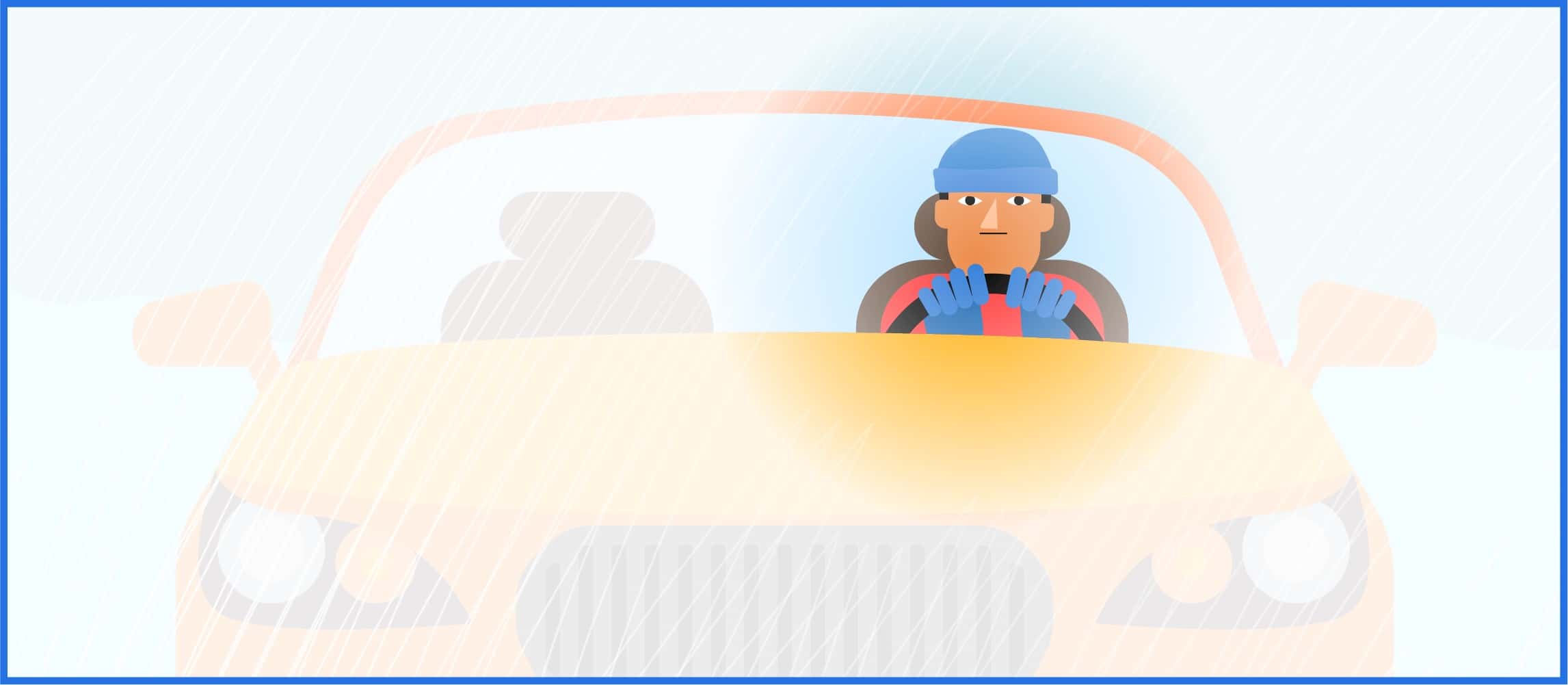
If you find yourself on the road when conditions become too dangerous to keep driving, or if your vehicle stalls or becomes stuck, don’t panic. Focus on yourself, your passengers, your vehicle, and your surroundings, and follow these steps to stay as safe as possible.
- If you are driving when visibility becomes too limited to continue safely, pull off the road into a safe place, and don’t continue driving unless it’s safe to do so. Try to pull into a parking lot or driveway — don’t pull off onto the shoulder unless you absolutely must, since it will be difficult for other drivers to see your vehicle there in reduced visibility.
- If your vehicle stalls or gets stuck, stay with it. Don’t try to get help on foot. It’s easy to become lost in a storm. Your vehicle will provide shelter and make it easier for rescuers to find you.
- Don’t overexert yourself. If you need to dig your vehicle out of snow, listen to your body and take breaks as needed.
- Make your vehicle more visible by putting a bright marker on the antenna or windows. At night, keep your dome lights on. This will use very little power, but will make your vehicle much more visible to rescuers.
- Clear your exhaust pipe of any snow or ice, so carbon monoxide doesn’t build up inside the vehicle.
- Try to only run your vehicle for a few minutes at a time, just long enough to stay warm. This will conserve fuel, and help protect you from carbon monoxide poisoning.
- Use whatever you have to keep yourself warm. You should always keep warm clothes and blankets in your car in case of an emergency, but be creative and use floor mats, newspapers, and paper maps if you have them.
- Stay tuned to weather reports and emergency radio stations. Don’t try to drive your way out of a severe storm — wait for the hazard to pass.
Changes to Equipment
Preparing your vehicle for winter driving requires making some changes to some of its equipment. Here’s what you need to know before the weather turns cold.
Tires
Before winter weather arrives is a great time to inspect your tires and determine whether they need to be replaced. First, check each tire’s age and the manufacturer’s recommendations — some tires should be replaced every six years regardless of use.
Check your tires when they haven’t been driven on for at least three hours. Check that you have at least 2/32 inches of tread on each tire and on your spare tire. Carefully inspect the tread and sidewalls for any cuts, punctures, bulges, scrapes, cracks, or bumps that could indicate damage or problems that need to be serviced.
If you live somewhere that gets frequent snow, consider putting on snow tires.
Remember that when the temperature drops, it causes your tire pressure to drop as well. Check your tire pressure more frequently during cold weather, and fill your tires to the manufacturer’s recommended inflation pressure.
We also recommend cleaning your tires regularly as the tires maybe exposed to road salt during the winter.
Batteries
Cold weather adversely affects battery performance and charge. Plus, in cold weather, gas and diesel engines require more battery power to start. Have a mechanic check your battery system, and if they recommend replacing the battery or servicing any part of the system, take their advice.
If you drive an electric or hybrid vehicle, remember that its range may be reduced due to reduced battery performance in cold weather. Charge your vehicle more frequently to avoid running out of power.
Oil
In colder temperatures, the oil in your car can become thicker. Before cold weather hits, take your vehicle for an oil and oil filter change. Check the manufacturer’s recommendations for your vehicle to see if you should use a thinner grade of oil in colder months to help the vehicle run more smoothly.
Cooling System
Before winter weather hits, you want to be sure your vehicle has enough coolant and that it meets the manufacturer’s specifications for use in very cold weather. Check your owner’s manual if you aren’t sure what to use.
Before the winter months is a great time to take your vehicle to a mechanic for a tune-up. Ask them to check the cooling system carefully to look for leaks, worn out hoses, or any other repairs or replacements that are needed. They should also test your coolant and drain or replace any old coolant.
Windshield Wipers and Fluid
During the rain, sleet, and snow that can come in the winter months, you’ll likely use your windshield wipers more frequently. Check them before winter to make sure they don’t need to be replaced. Consider installing new heavy-duty windshield wipers if you live in an area that gets a lot of snow and ice.
Check your windshield defrosters to make sure they’re working properly. Then, make sure you have enough windshield wiper fluid, and that it contains antifreeze or de-icer that’s rated for up to -30 degrees Fahrenheit.
This might also be a good time to repair any windshield cracks.
Floor Mats
Because of the rain, snow, and slush, your vehicle’s floor mats may become dirty, musty, and waterlogged. That’s why it’s often recommended to replace them with thicker or rubber ones for the winter months.
Make sure the new floor mats are installed properly — improperly installed floor mats can interfere with your acceleration and brake pedals. Make sure to get mats that are the right size and fit for your vehicle, follow all manufacturer’s instructions when installing floor mats, and use retention clips to secure them.
Car Seats
If you have a child that uses a car seat in your vehicle, keep in mind that heavy winter coats can interfere with proper harness fitting in the child’s car seat. When using a car seat in the winter months, avoid having the child wear heavy, puffy coats or clothing. Instead, dress the child in thin, warm layers, and place any extra blankets or coats around them only after the harness has been secured.
How To Prepare Your Vehicle for Winter Driving

Before you head out to drive anywhere on a winter day, make sure your vehicle is prepared by checking the items below.
Safety Technologies
Before you do any winter driving, you should take the time to familiarize yourself with all the safety technologies your vehicle is equipped with, and how they might affect its performance in winter driving conditions.
A good example of this is anti-lock braking systems. If your vehicle has anti-lock brakes, you’ll want to use firm, continuous pressure on the brakes, even during slick road conditions. However, if your vehicle is not equipped with anti-lock brakes, you’ll need to know how to pump the brakes if your wheels start to lock up on snow or ice.
Learn more about driver assistance technologies, and consult your vehicle’s owner’s manual to see which, if any, are available to you.
Exhaust Pipe
Before driving in snow, check your exhaust pipe and make sure it’s clear — especially if your car has been parked outdoors. A blocked exhaust pipe can cause carbon monoxide to leak into the inside of your car, a potentially deadly situation.
Mirrors
Before starting your vehicle during the winter, carefully check any external camera lenses and mirrors. Make sure they are clean and clear of snow and debris so you have full visibility all around you.
Lights
Carefully check your vehicle’s headlights, brake lights, turn signals, emergency flashers, and interior lights, as well as trailer brake lights and turn signals, if needed. Make sure all lights are in good repair, clean, and unobstructed by snow or debris so other drivers around you can see them clearly.
Things To Carry in Your Vehicle in the Winter
During the winter months, there are extra items and supplies you should always carry in your vehicle. These can help you handle winter driving-related tasks, or help you stay safe in an emergency.
You should have:
- A snow shovel, ice scraper, and broom.
- Abrasive material (for example, a bag of sand or some kitty litter) to help build traction in case your vehicle gets stuck in snow or ice.
- Jumper cables.
- A flashlight.
- Warning devices, like flares and emergency markers.
- Warm clothing and blankets.
- A cell phone and charger.
- Food and water.
- Any necessary medication.
Driving in the winter is inherently more dangerous because of all the weather-related hazards that can occur. But by arming yourself with the proper knowledge and taking common sense precautions, you can make your winter driving as safe as possible.

